After one remarkable introduction ceremony dedicated to models of the new PR collection, it's time to dive in and reveal the true potential of these rackets.
Kuikma stands out for its late launches, coming after those of its competitors, which ensures maximum attention. The communications department skillfully distributed teasers across all social platforms, fueling constant enthusiasm for upcoming releases. Indeed, the clips broadcast a few days before the official launch played a crucial role in maintaining palpable excitement around the upcoming models.
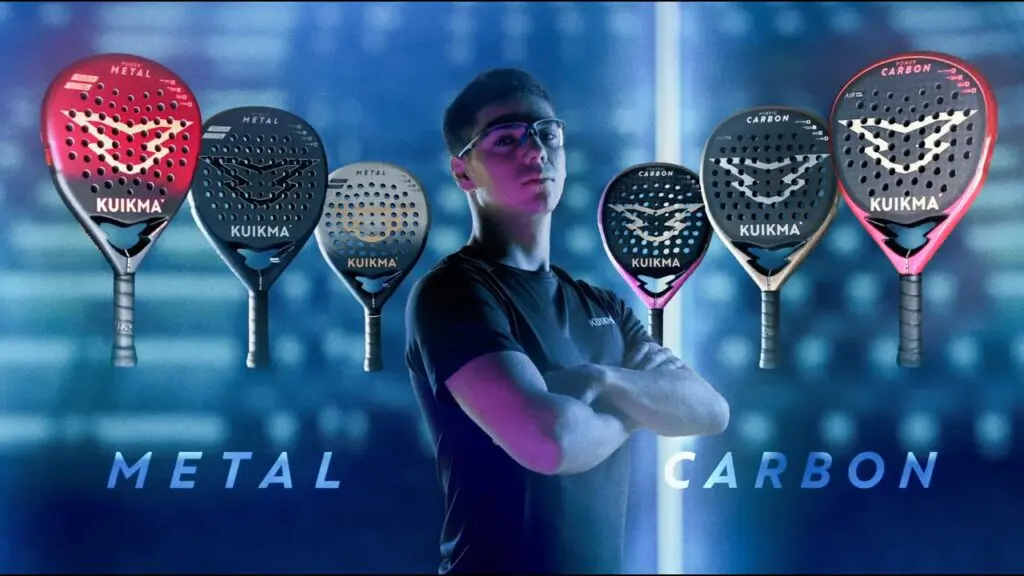
Among the six new palas unveiled, divided into two ranges, today I will focus on one of the two designations which offers three different shapes: Kuikma PR Carbon.
Kuikma PR Carbon
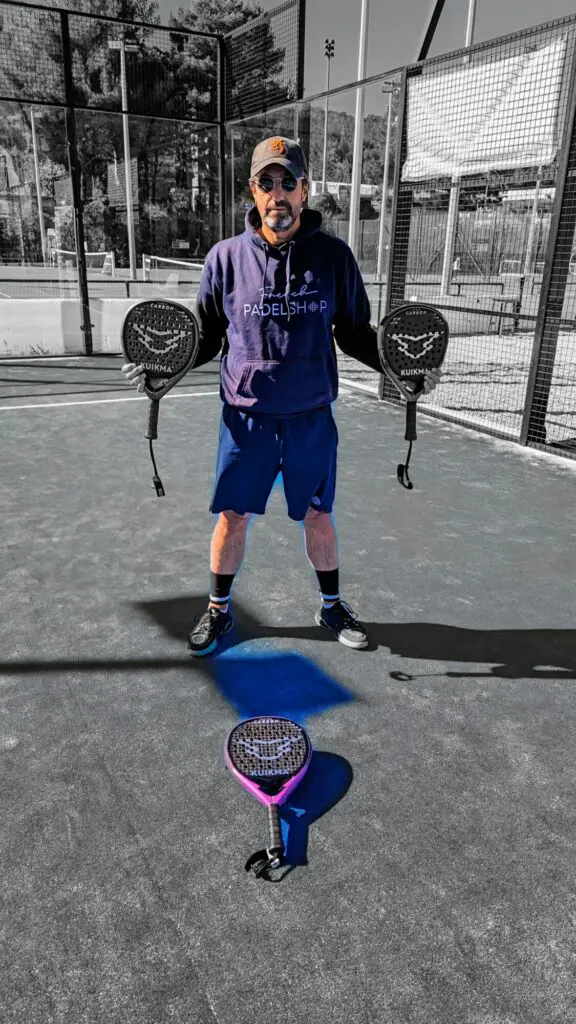
Before analyzing the different models, let's first look at the naming. Using the name of the main material, such as “Carbon”, as a line name for racquets, departs from usual marketing practices which often favor suggestive or abstract names. This unconventional approach has several advantages, particularly in terms of simplicity, clarity and transparency regarding the composition and characteristics of the racket. In addition, this strategy can positively influence the marketing positioning, targeting and visual identity of the range, presenting it as innovative and attracting experienced players looking for distinctive technical characteristics. However, it can also lack originality and cause confusion among less experienced players.
The French company uses three distinct colors to differentiate its models and affixes the KUIKMA brand in stick letters under the entirely charcoal black sieve. The latter welcomes the centered silver gray logo, while the bridge and the contours of the frame adopt a different color depending on the shape of the racket:
- Round (Power Control): purple / eggplant, symbolizing control and mastery.
- Diamond (Power Carbon): raspberry red / burgundy, evoking power and precision.
- Hybrid (Power Hybrid): monochrome charcoal gray, representing responsiveness and versatility.
Sober and warm, these shades reflect Kuikma's ambition to create a minimalist and contemporary atmosphere for this series. The PR Carbon range therefore includes three specific models. Although the technical characteristics are the same for each (with the exception of the unique drilling plan of the diamond version and slightly variable for the other two), their design and shape clearly differentiate them. These allow users to choose the model that best suits their needs and aesthetic preferences.
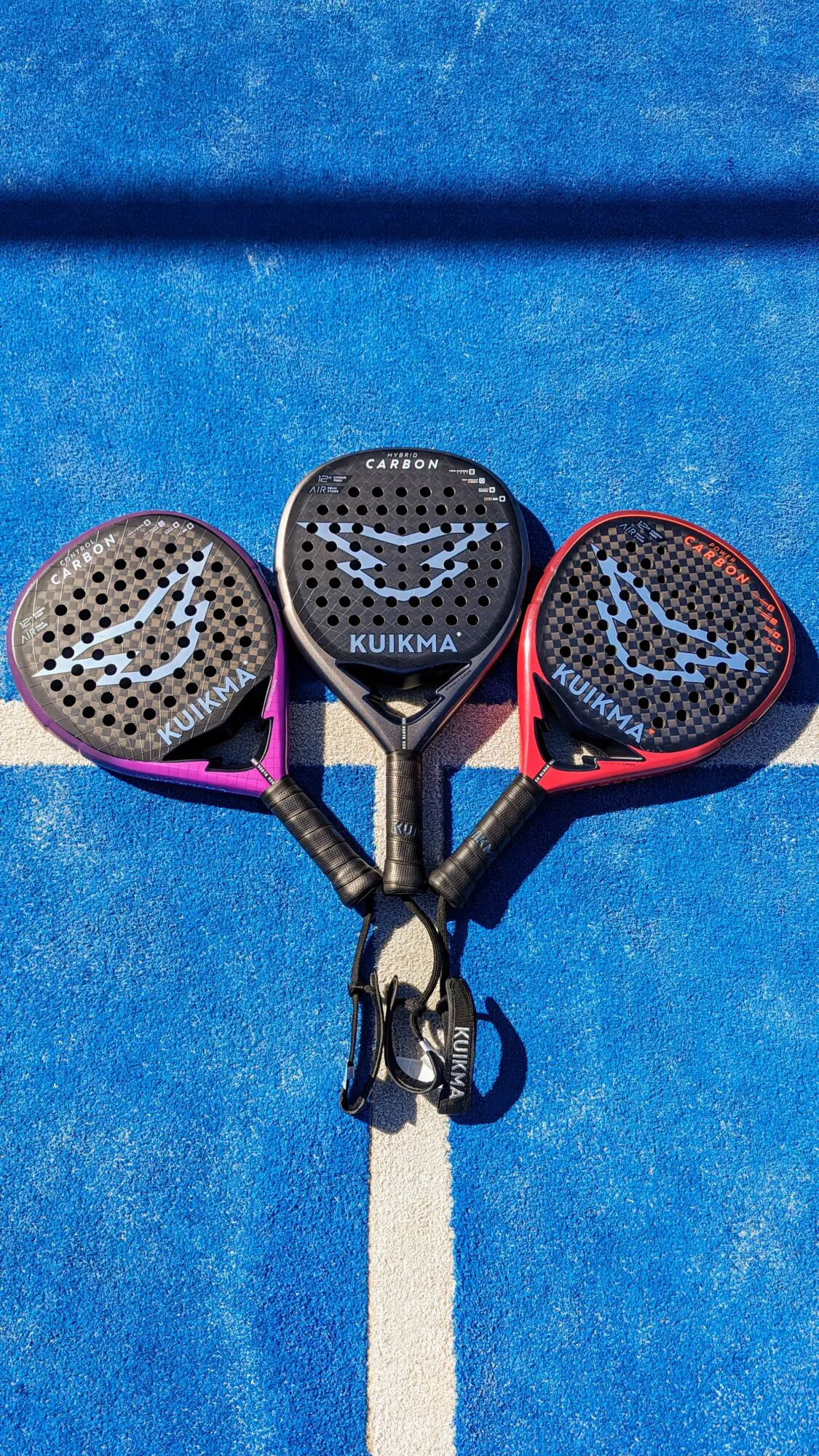
Embedded technologies
The technologies embedded in this new collection offer advanced features to improve player performance:
- Shock Block System: reducing up to 30% of vibrations upon impact, this exclusive system provides clear comfort and prevents injuries, certified by Testea Padel.
- Air Foam Frame: incorporating EVA foam to reinforce the frame, this technology aims to improve power transfer while maintaining the lightness of the racket.
- High Modulus Carbon: offering increased power, improved durability and essential lightness for optimal handling.
- Evolutive Hole Size: aimed at balancing control and power by offering an enlarged sweetspot and optimized weight distribution.
- Twin Carbon Tube: reinforcing the rigidity of the racket, increasing power while maintaining good vibration absorption for better comfort and tolerance.
- Rough Surface: promoting effective grip on the ball for more spin, better control and a more aggressive game.
- 12 K Carbon Fiber: light, stiff and resistant, this fiber offers a good compromise between control and power.
- Black Eva core: a dense rubber for increased responsiveness and impressive precision.
Shock Block System and Air Foam Frame technologies are designed to reduce vibration and increase power. The Evolutive Hole Size and Rough Surface improve control and spin, while the High Modulus Carbon and Twin Carbon Tube contribute to frame stiffness and stability.
“High Modulus” carbon, generally translated as “High modulus carbon” in French, offers additional rigidity at reduced weight, optimizing power transmission. In other words, the racket frame is made of highly rigid carbon which deforms little under impact, thus combining lightness and strength. This type of “high-end” carbon has optimal rigidity, approximately twice as high as standard modules. The fibers used by Kuikma represent the highest grade. They are superior to conventional fibers while being lighter, thanks to their superior tensile and compressive strength. This grade of carbon is rated for its torsional strength. The higher the modulus, the stiffer it is. In the field of sport, High Modulus is the highest grade that can be found (Formula 1, cycling, sailing and today padel). There is a higher grade (UHM – Ultra High Module), which is reserved for the space and military industry).
On track
During my tests, I was impressed by the offensive power of the Kuikma Power Carbon. Indeed, with a name that combines “Power” and “Carbon”, we cannot expect subtlety. It delivers explosive force and exceptional responsiveness for smashes and shoulder shots. The volleys spring with disconcerting vivacity, promoting formidable precision and allowing surgical placement of the ball. The pleasure of playing aggressively with this racket is real, as it seems to offer an endless reserve of acceleration. However, it is crucial to emphasize that its optimal performance is only achieved when the ball is hit in the sweet spot, which is relatively small. Execution of defensive shots was also carried out with confidence, with the diamond shape not proving troublesome during phases of play under pressure. I was able to get out of tricky situations and restart the game effectively, although it wasn't as easy as with less dense rubber or more elastic rubbers.
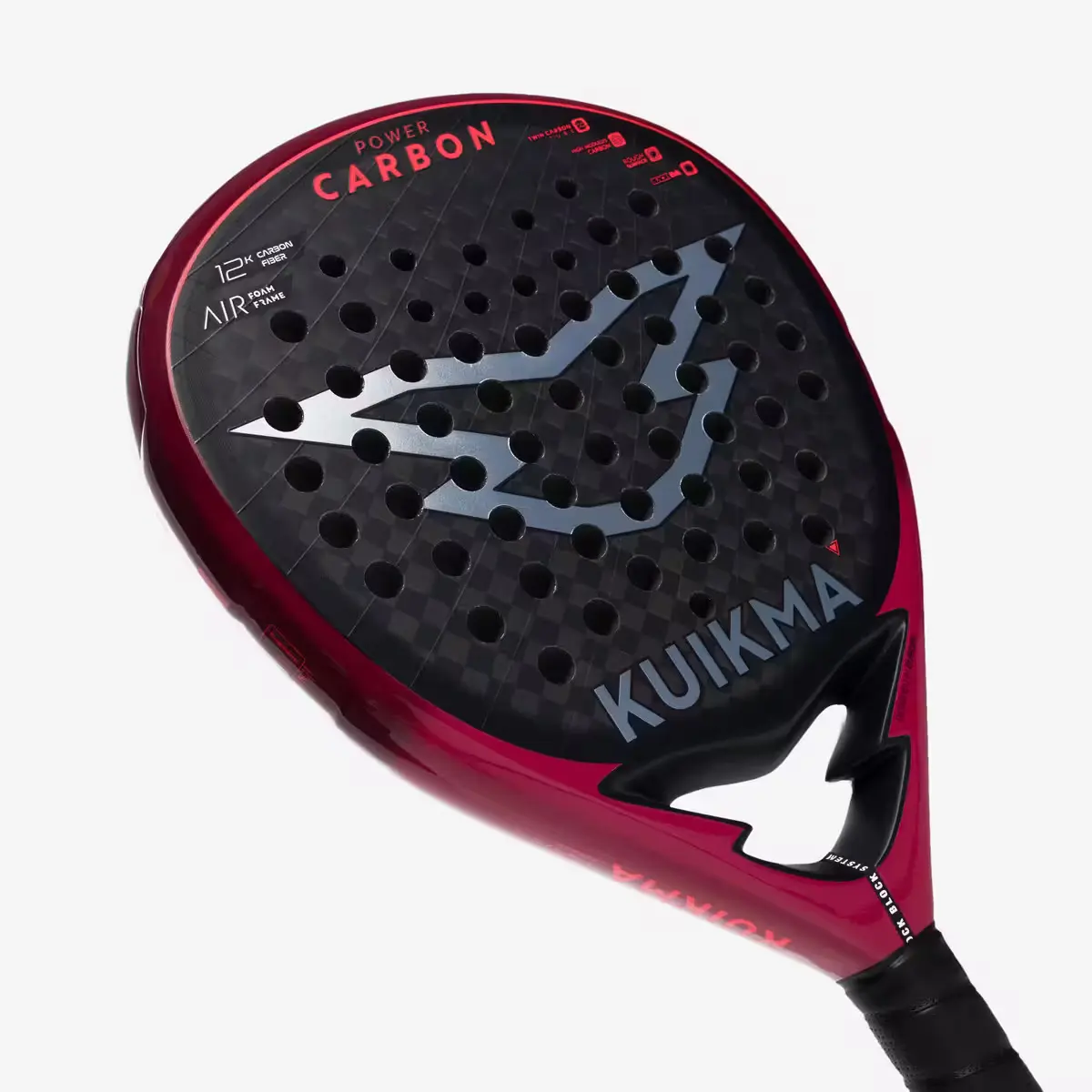
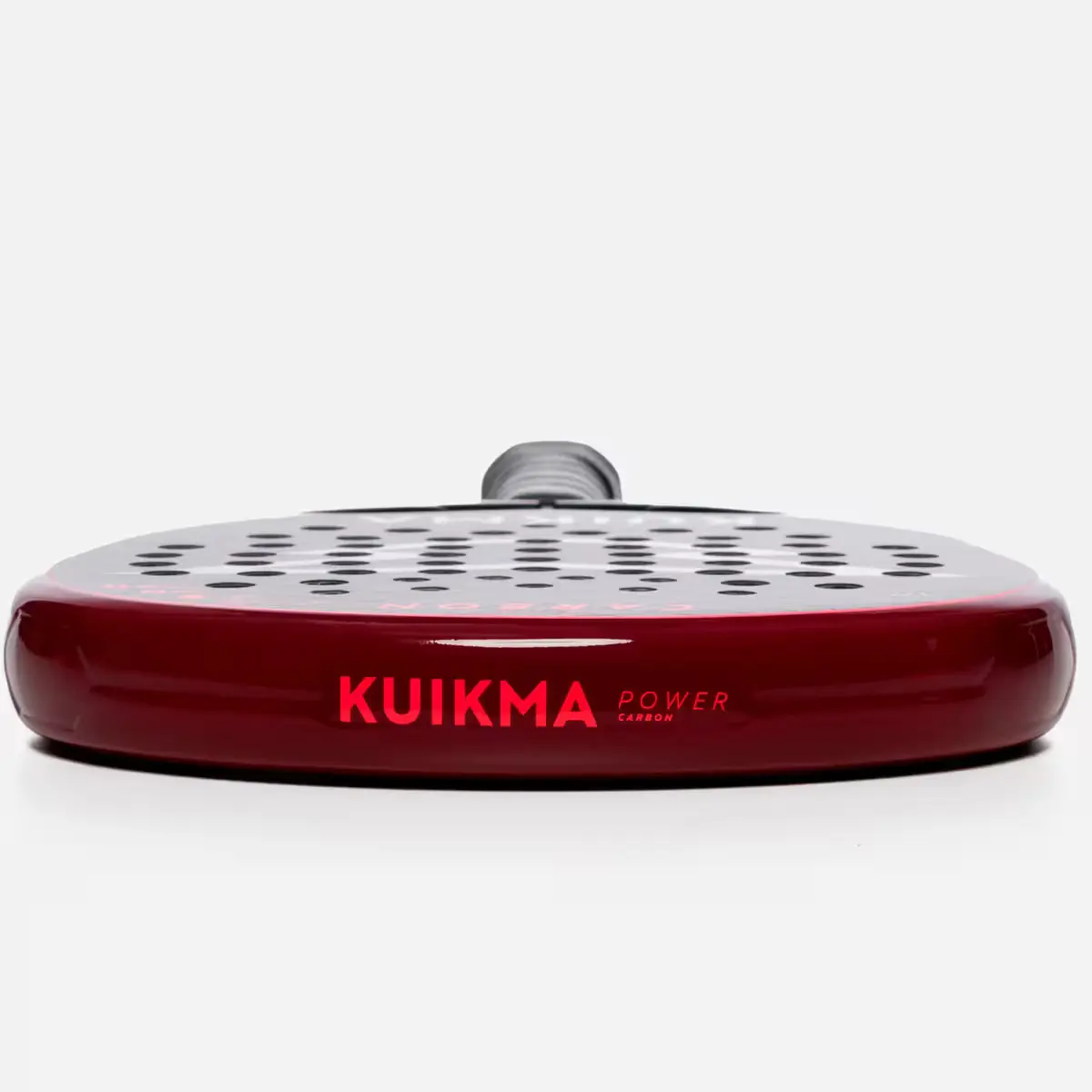
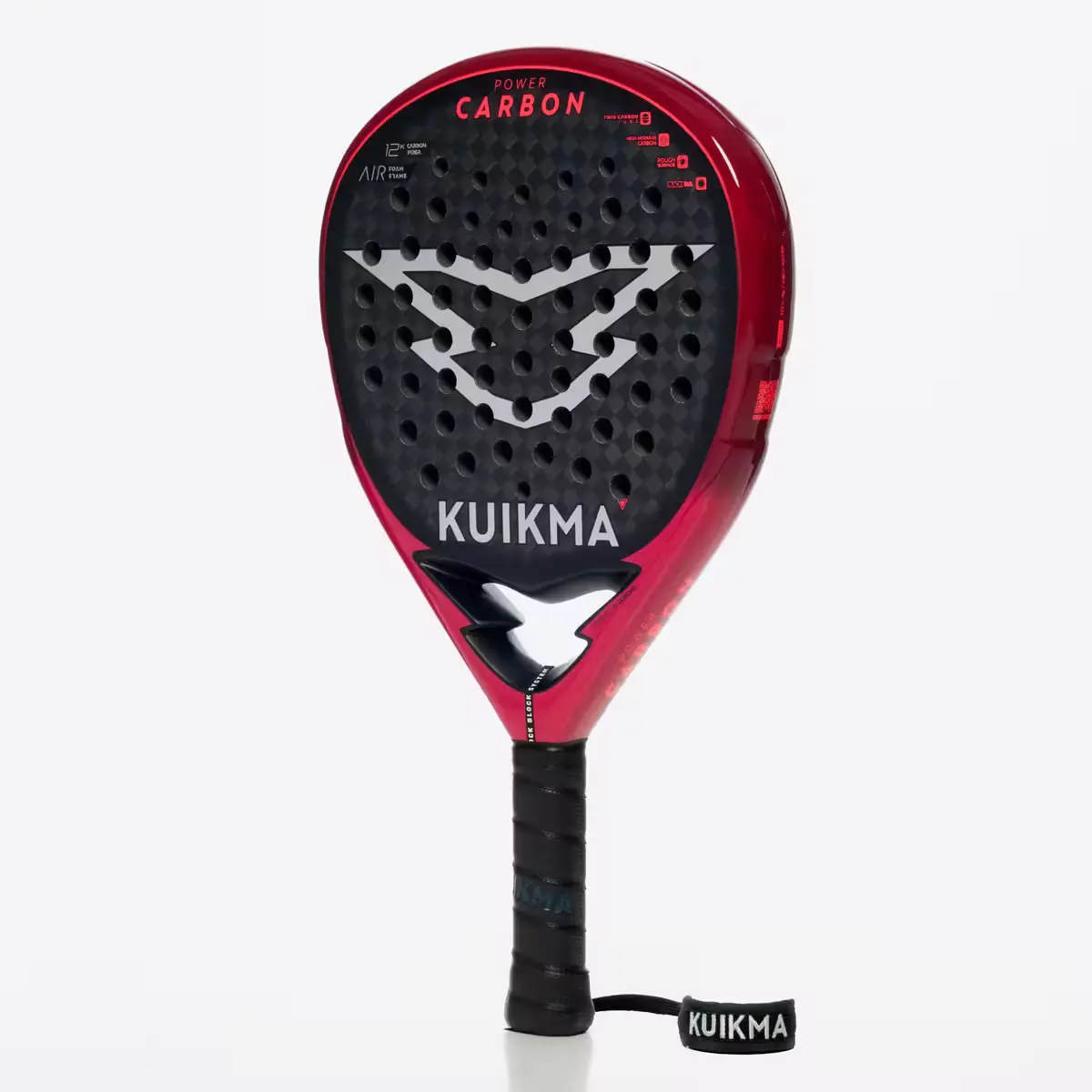
The version Control presents itself as a variation of the Power Carbon, adopting a round shape for increased maneuverability. The balance shifted toward the handle provides surprising agility, at the expense of slightly reduced power due to a centered sweet spot. If the raw power is slightly sacrificed, the defense is considerably improved, the maneuverability of the racket becoming exceptional in this phase of play. Equipped with the widest point dulce of the three models, the Control tolerates off-center hits more than the Power version. Despite a relatively high weight for a round shape, it provides enhanced stability and undeniable offensive capacity.
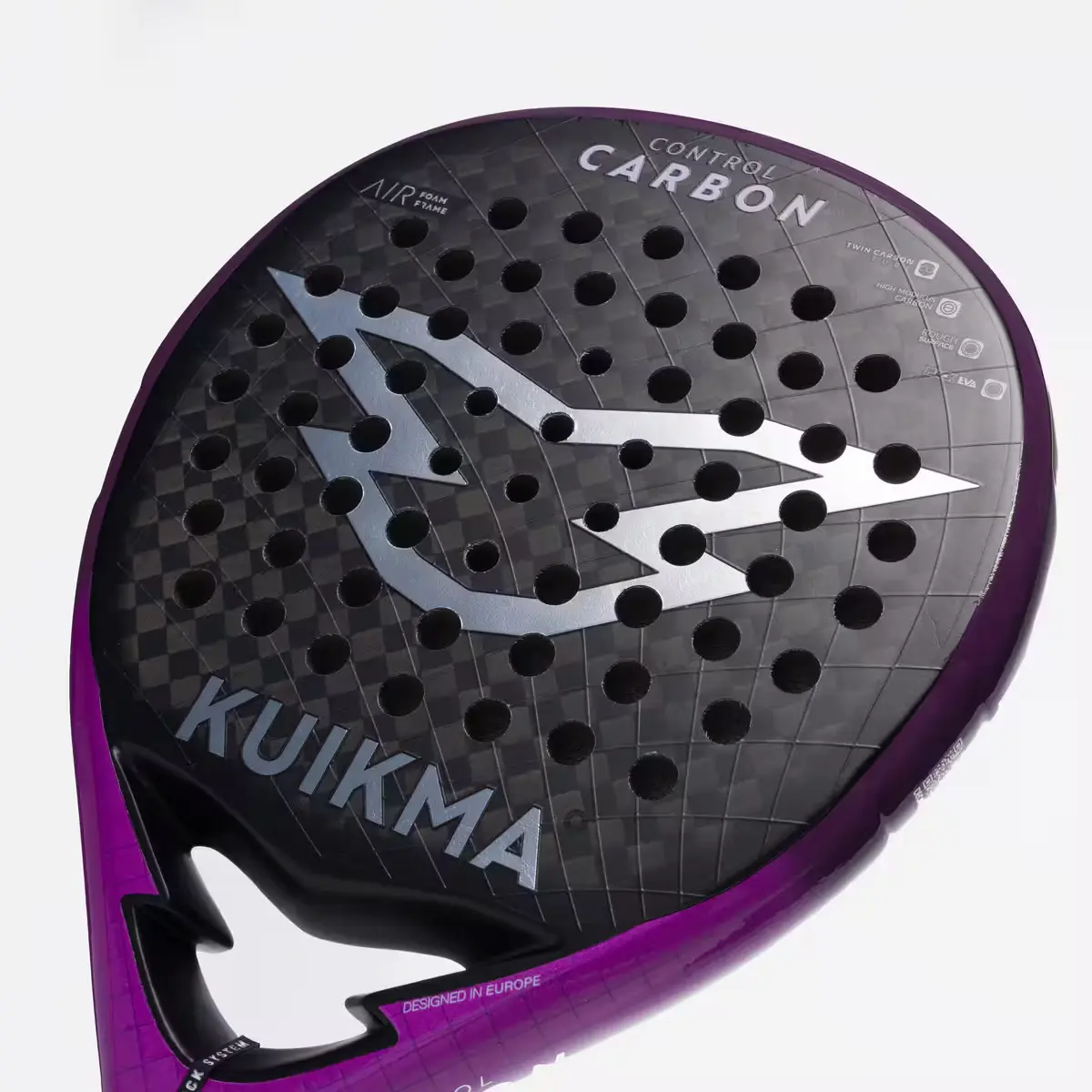
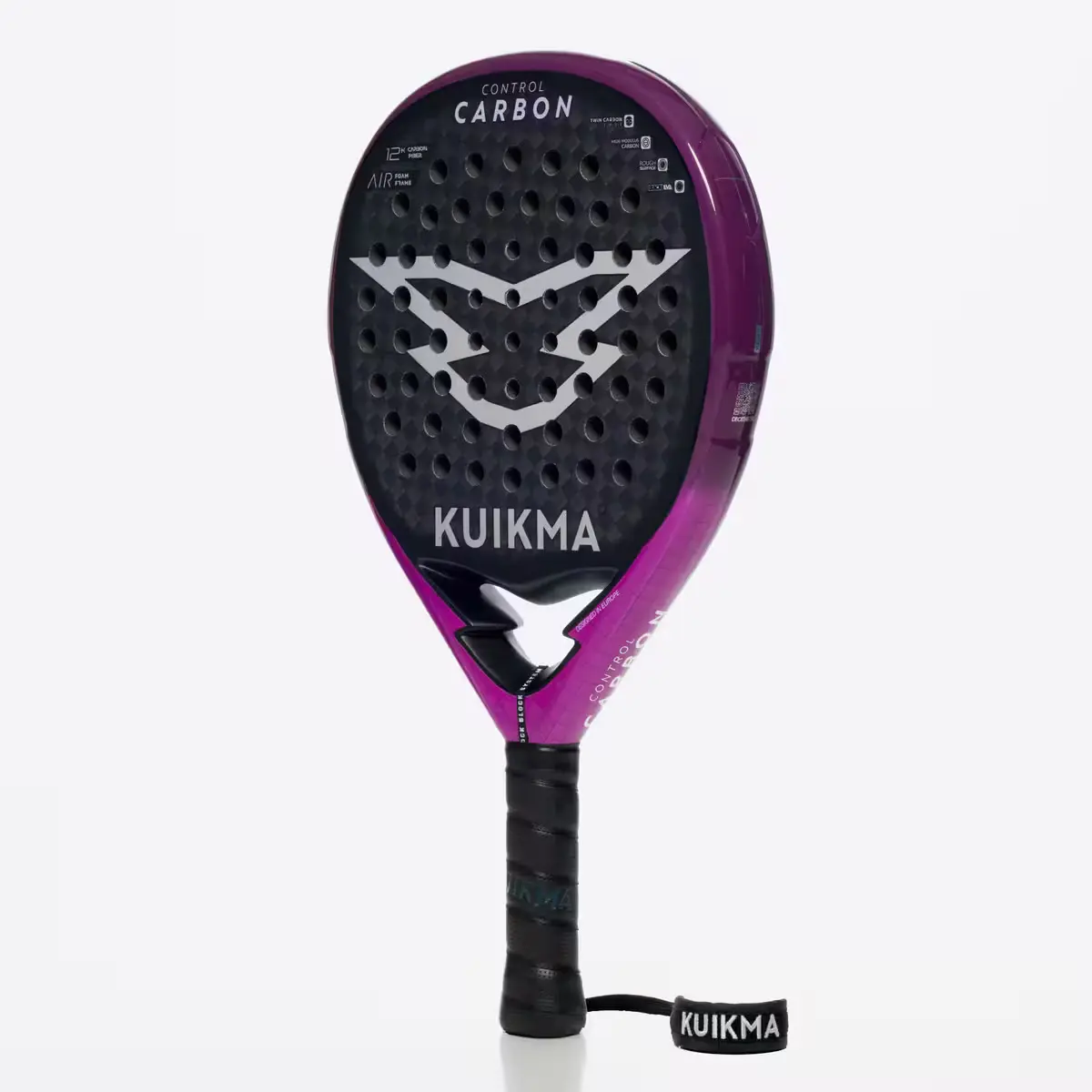
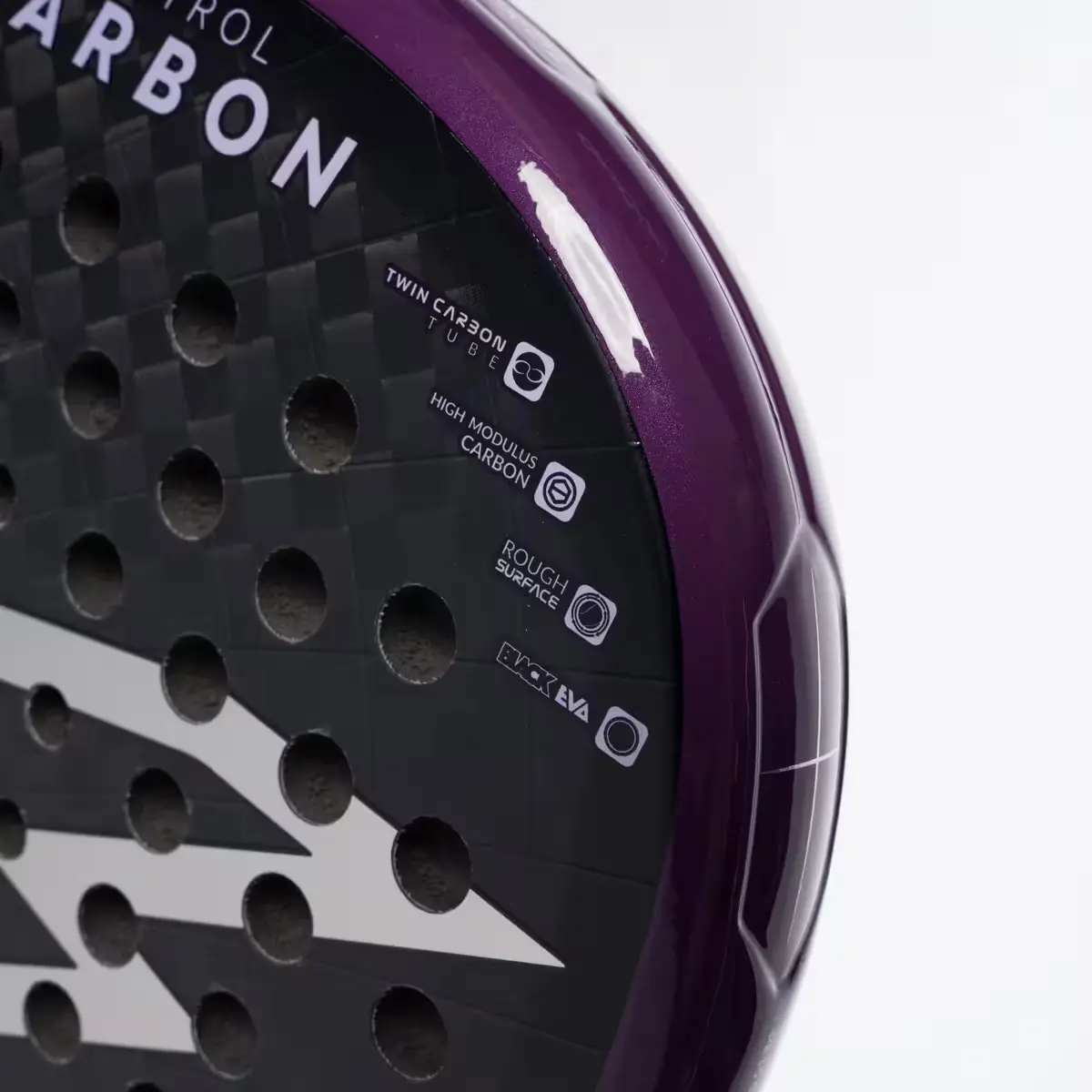
The version Hybrid, a true apotheosis, ingeniously combines the strengths of the two previous models to offer a racket without compromise. Its teardrop shape gives it undeniable versatility, combining power, maneuverability and optimal weight distribution. A slightly leading balance provides total control of the ball, while maintaining a pronounced offensive character. The feeling of ease and the reserve of power only amplify this feeling of explosiveness. Surprising maneuverability and a remarkable sweet spot complete this model, which represents the quintessence and the perfect blend of the two versions previously tested.
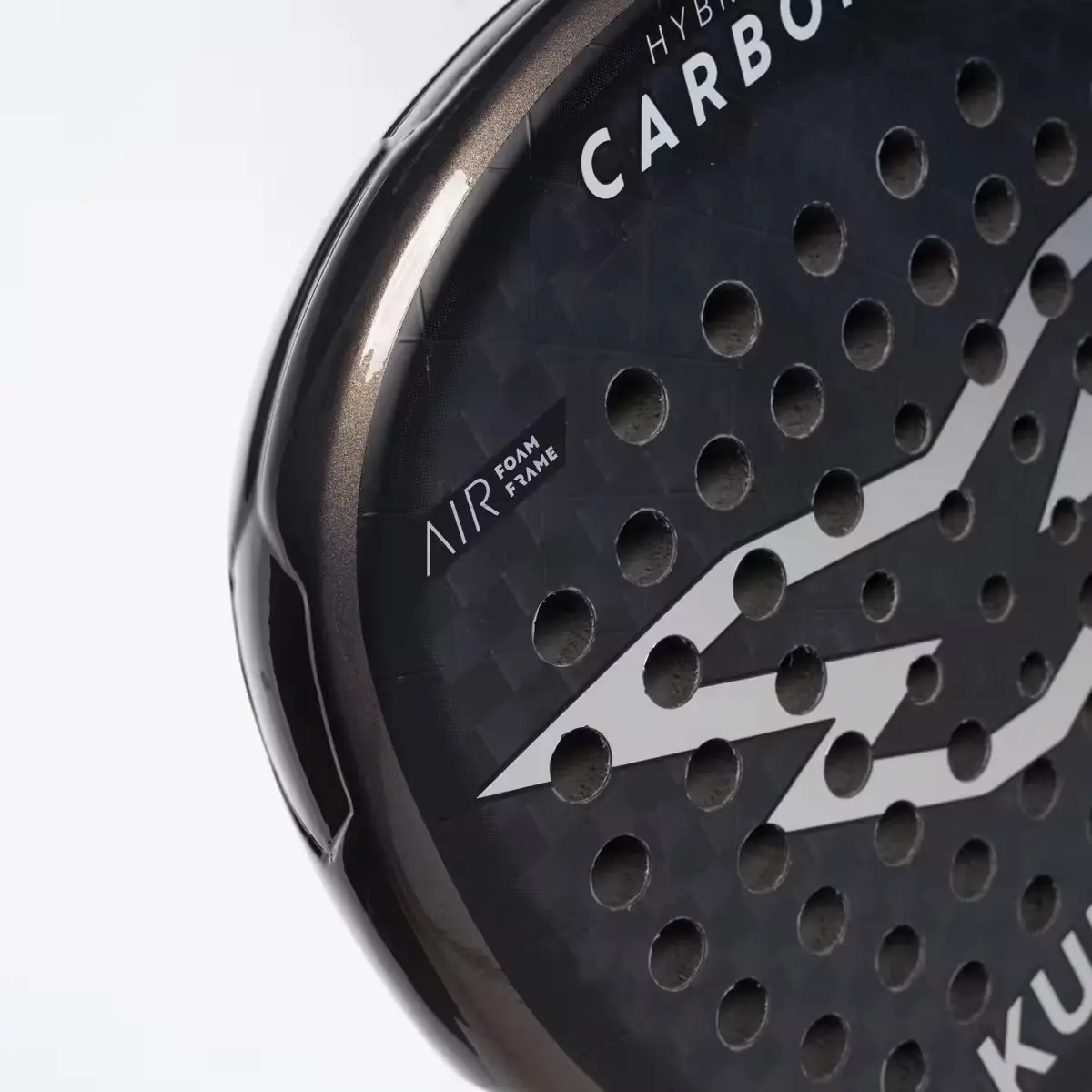
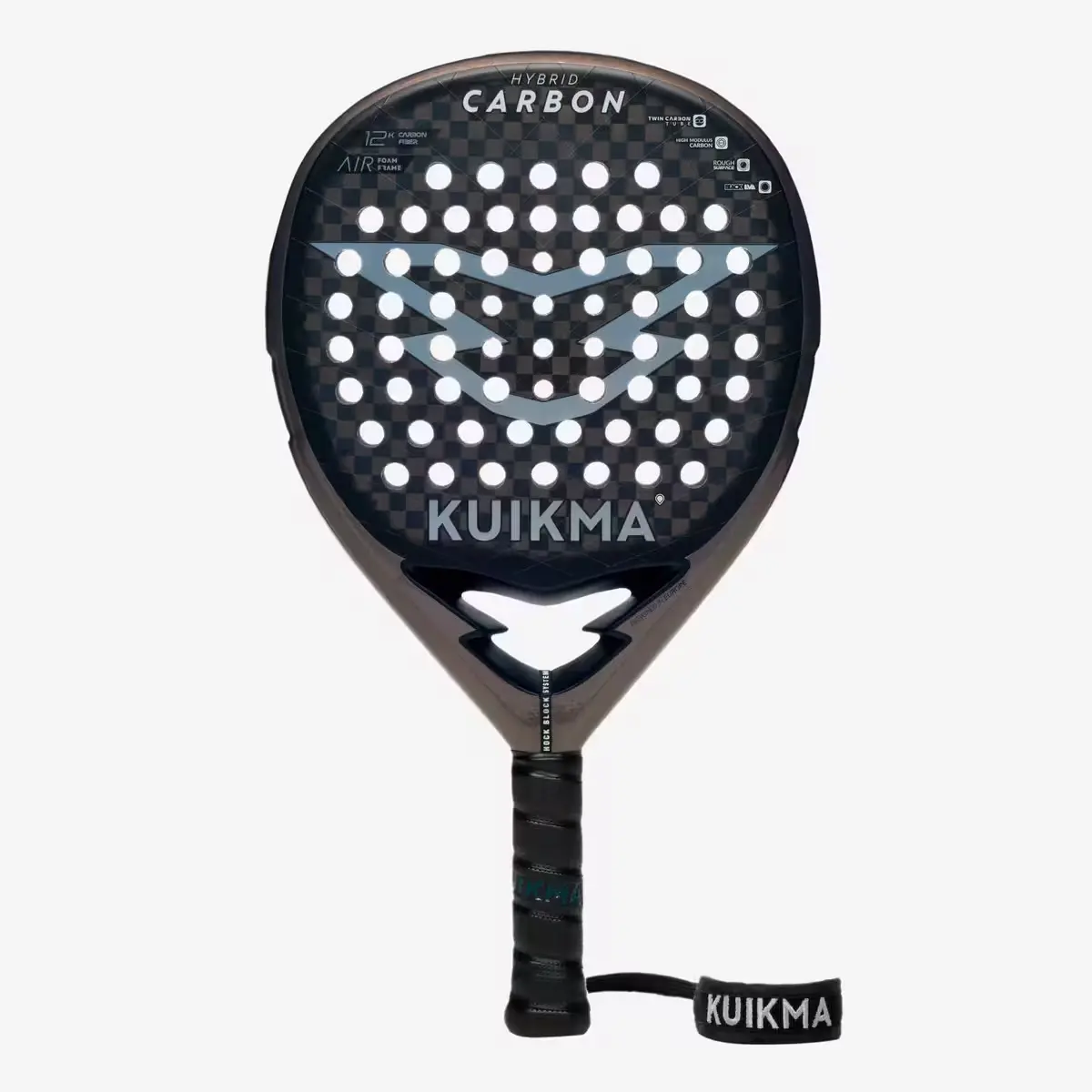
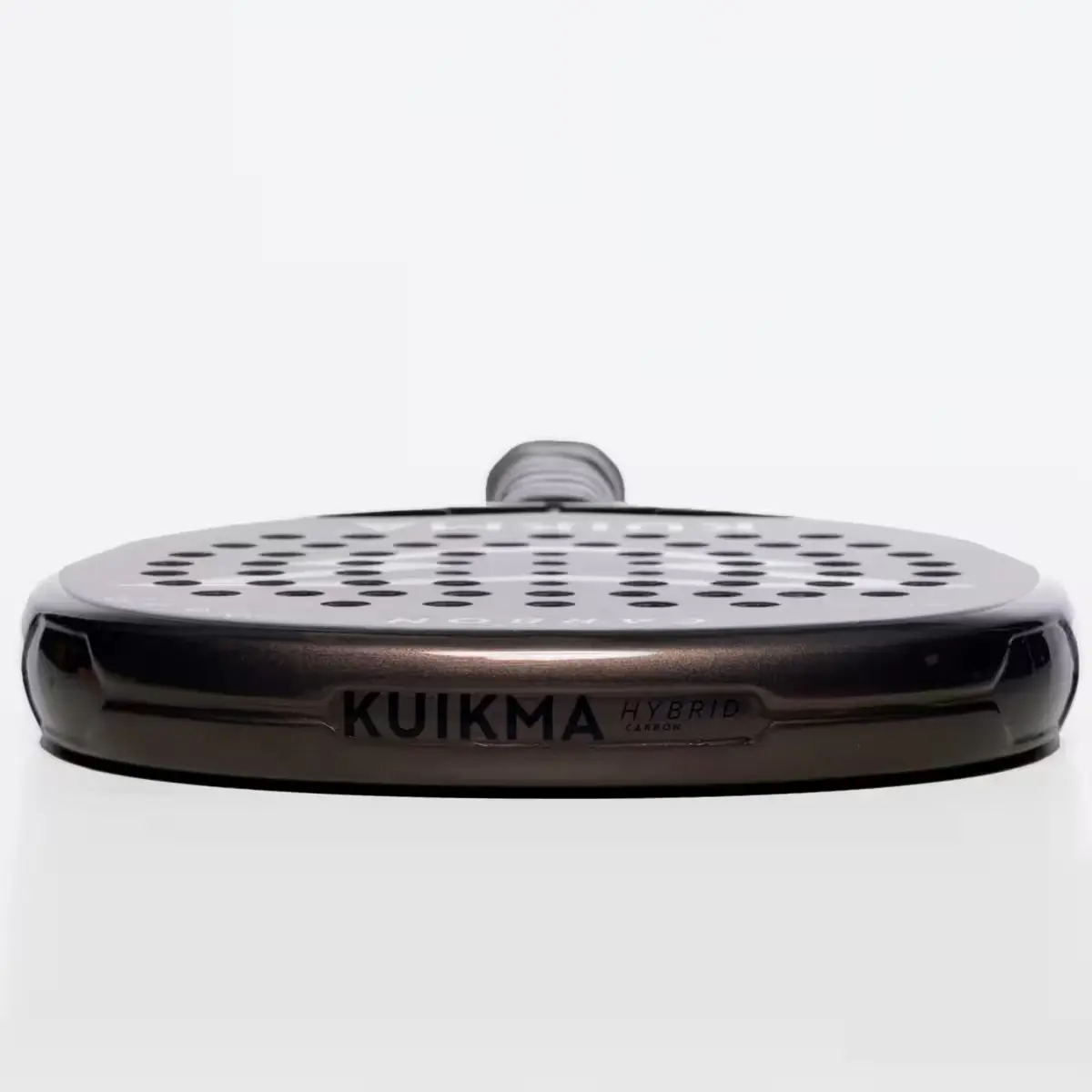
In short
To summarize, I had the opportunity to test three complementary palas, each offering its own characteristics. This new collection marks a major turning point for the brand, because by merging the proven technologies of the LS and MS ranges and adapting specific innovations, it offers players a high-end product with unrivaled value for money on the market. Compared to LS and MS Pro models, these rackets have slightly less power, but significantly greater maneuverability.
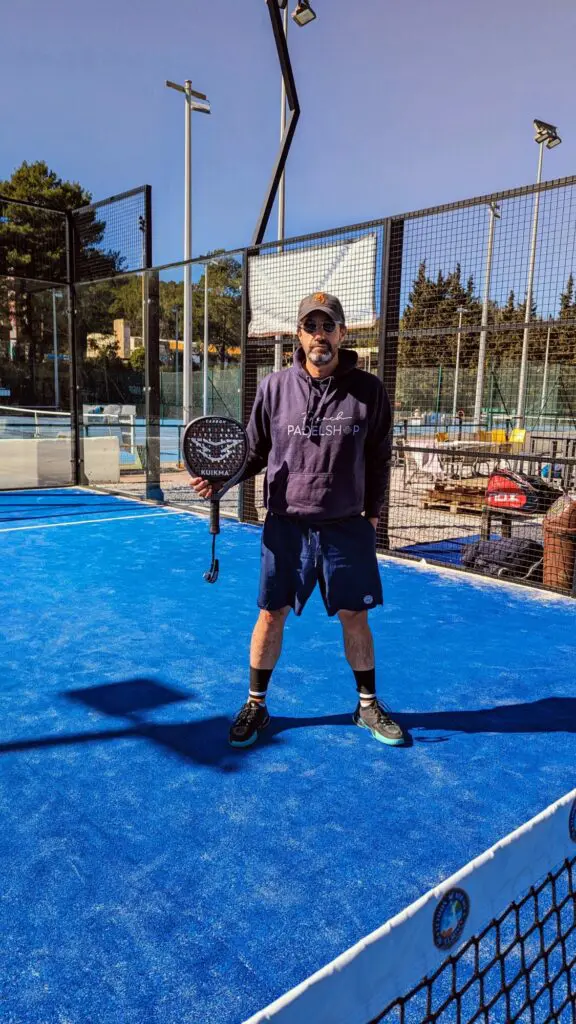
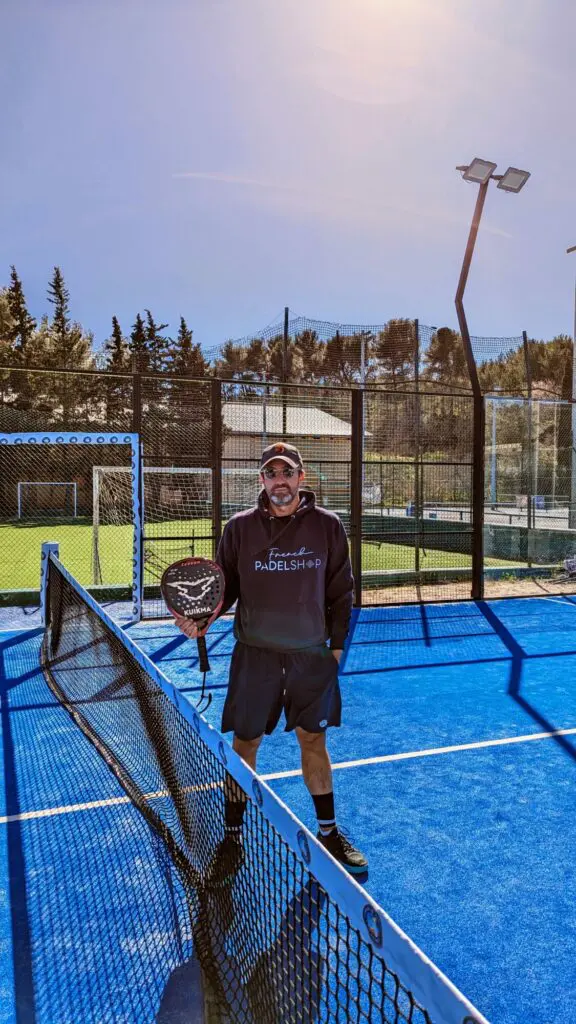
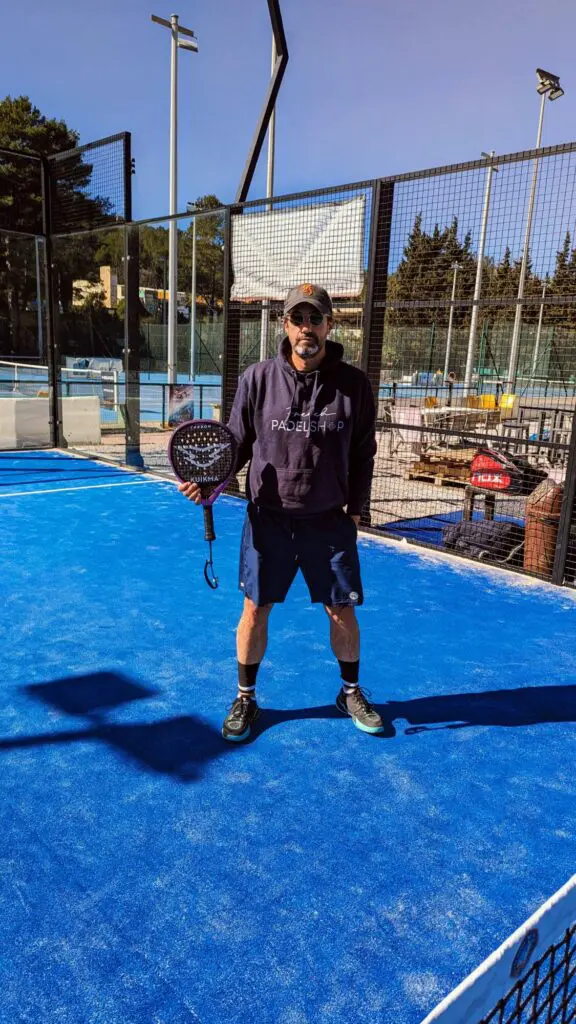
The handle, ideally sized in length and thickness, is decorated with a padded and embroidered Kuikma wrist strap that I particularly appreciate. In addition to the distinct colors and drilling patterns specific to each model, the PR Carbon Power stands out with its unique relief pattern, composed of arched lines. This difference is subtle and 3D prints on these models should not have a significant impact on spin. The simple design is enhanced with a striking logo. Important point: these rackets are not featherweight. If lightness is your priority, you will have to adjust your expectations.
Conclusion
The Power version stands out for its explosive power, due to its head balance and a specific drilling pattern reinforcing rigidity. My extensive testing confirms that the Power Carbon is “harder” than other models, despite similar technologies. It will be perfect for aggressive and technical players looking for an ultra-responsive and precise pala. The other two versions favor channeled power, with an adjusted balance for better playability. Remember that all rackets include dense Black Eva rubber and a 12K carbon fiber coating.
The Control and Hybrid references therefore require time to adapt to fully exploit their potential. For players looking for balance customization, a box of 5 3g weights, designed to seamlessly integrate with the frame and neck inserts, is available for sale.
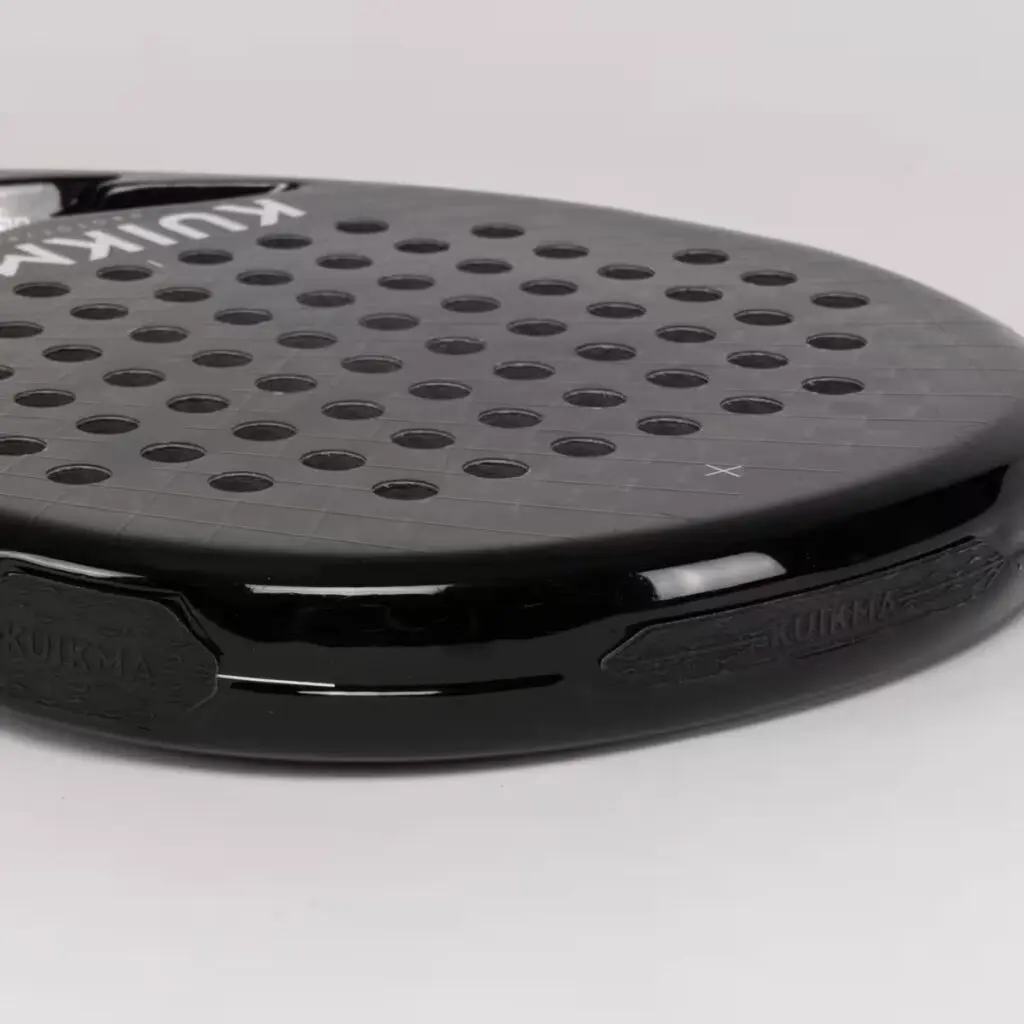
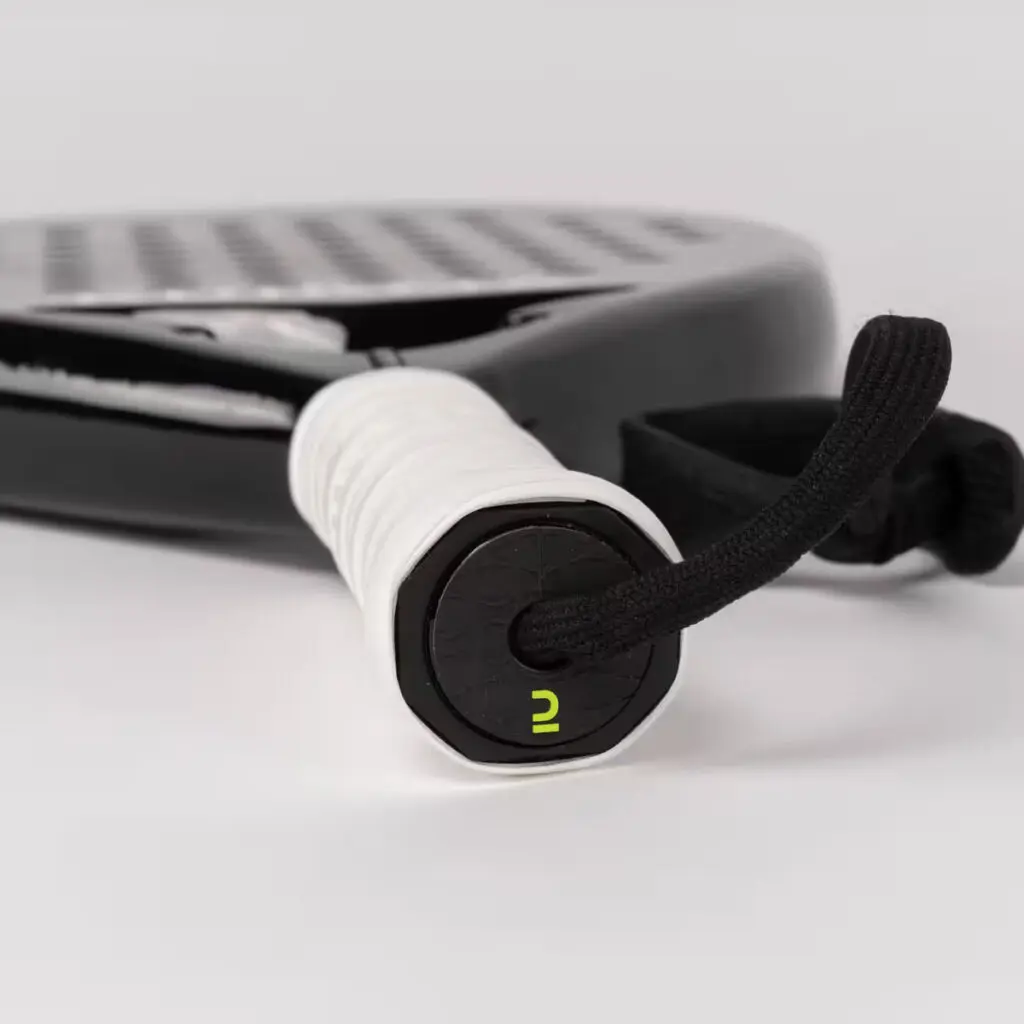
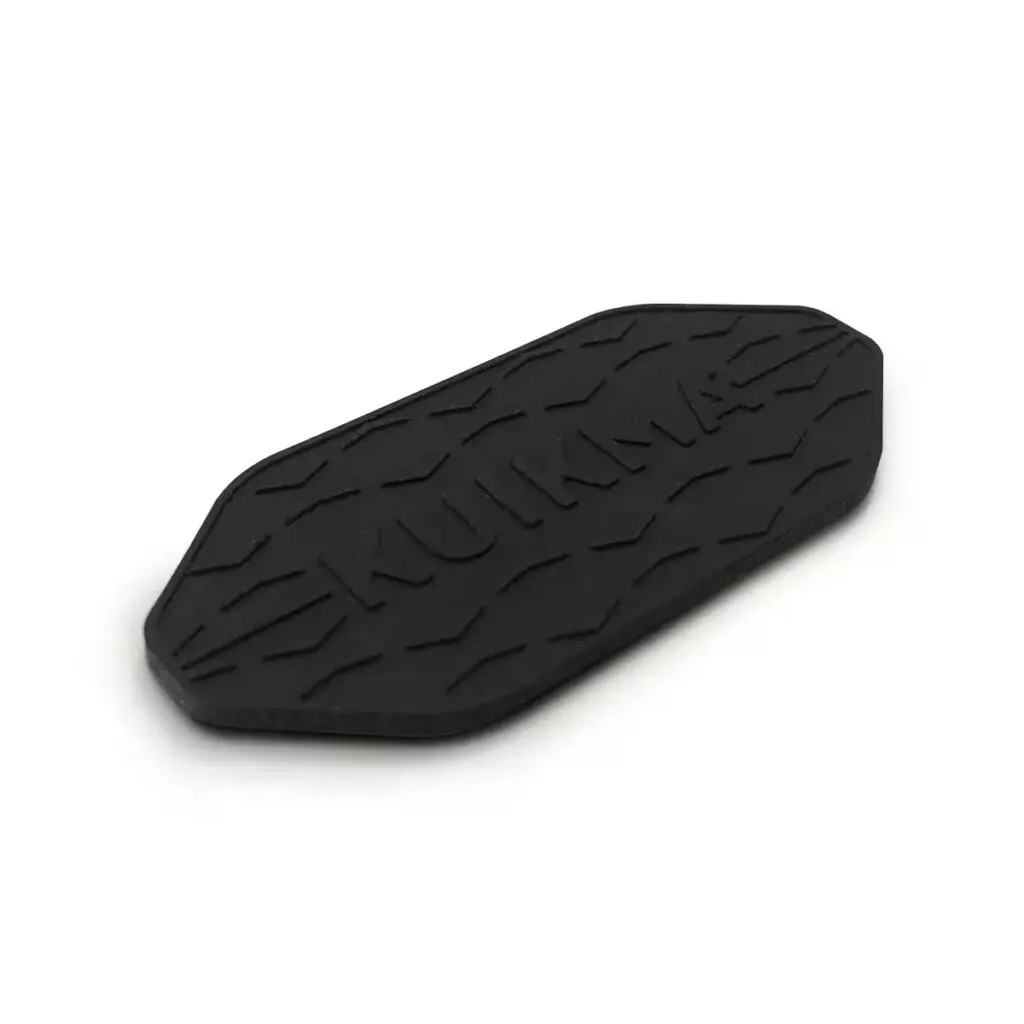
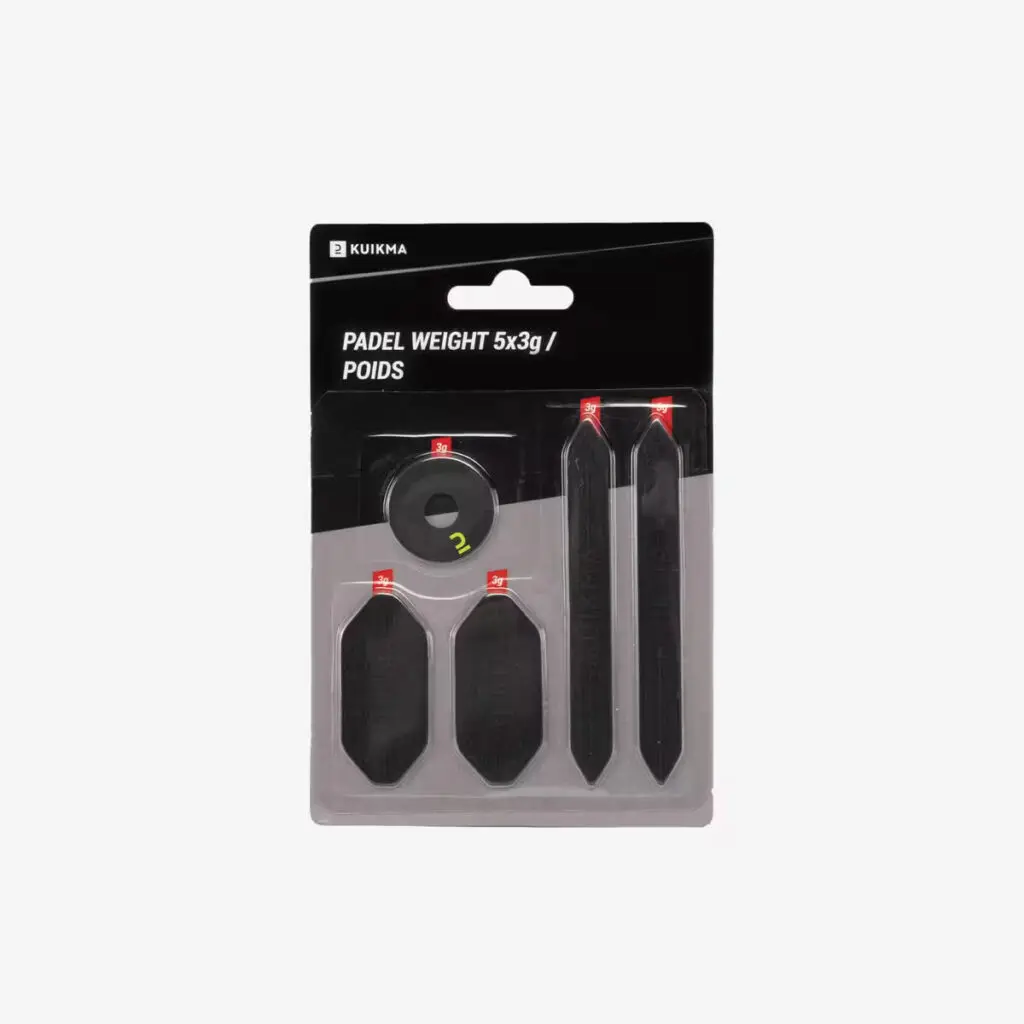
Combining power and maneuverability, these rackets are ideal for players looking for maximum performance without breaking the bank. Thanks to the integration of cutting-edge technologies and months of extensive testing, Kuikma offers a complete and high-performance collection at the incredible price of 130 euros. If these references prove too rigid for your style of play, the new Metal series may suit you (test to come). With less dense rubber and fiberglass on its faces, it seems better suited to intermediate and advanced players.
A huge thank you to Baptiste Savary, Sales Director France, for sending us a preview of the rackets and for his availability to answer my many questions.
Be ready ! I have a complete file on PR Metal rackets in store for you in the coming weeks. Expect to experience revolutionary technology offering unparalleled comfort and ball release.
Fan of padel, Stéphane has become the official tester of the planet padel in Europe. Everything goes through his expert hands. Thanks to his extensive experience in the snowshoeing world, he is able to scan your gear from head to toe!




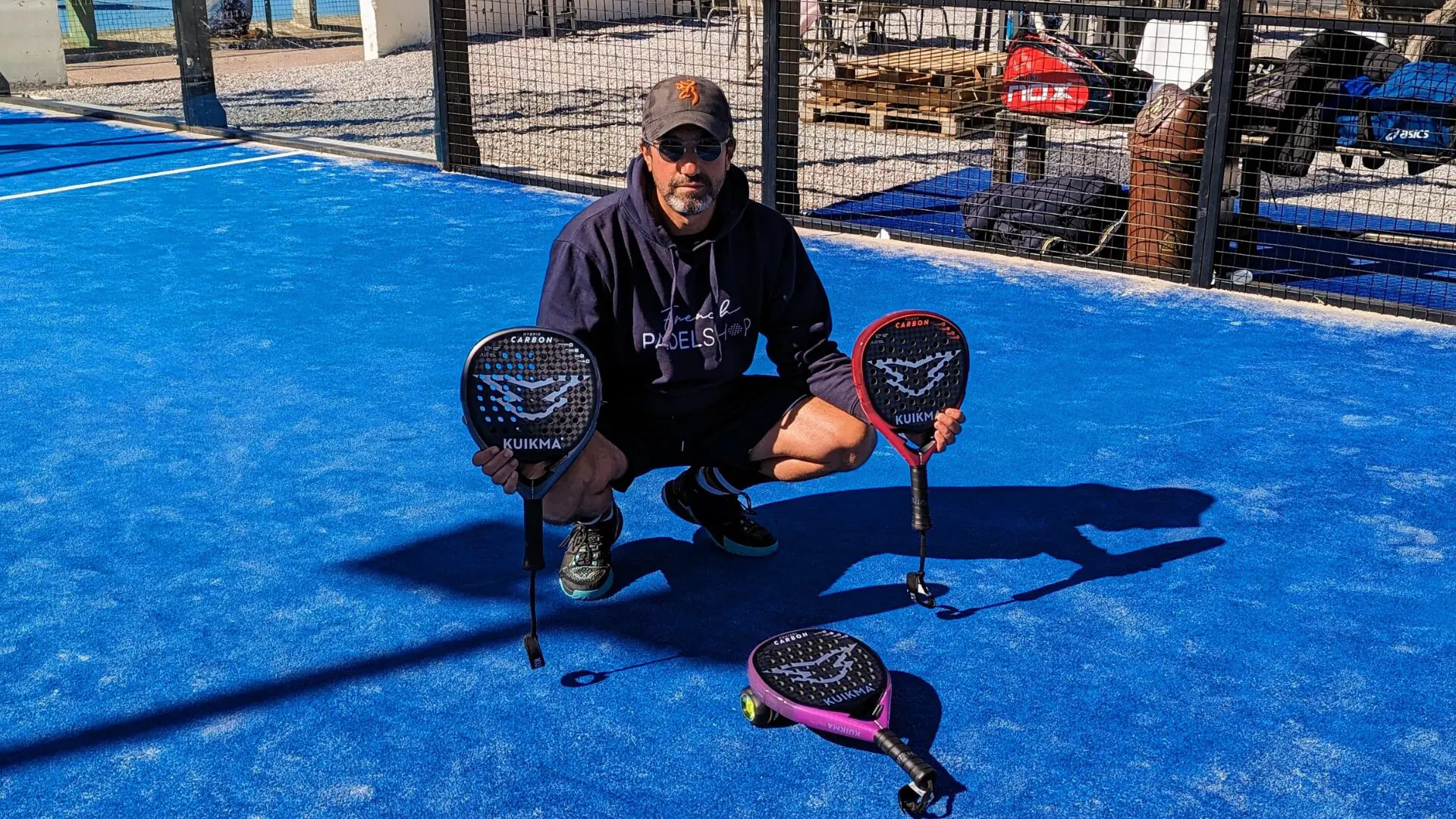


















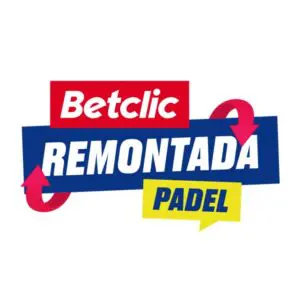










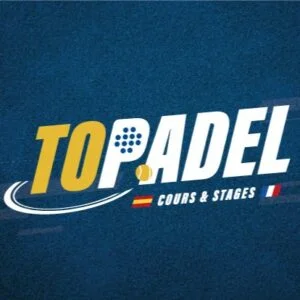

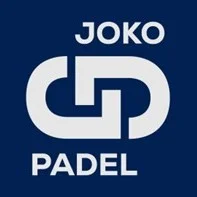

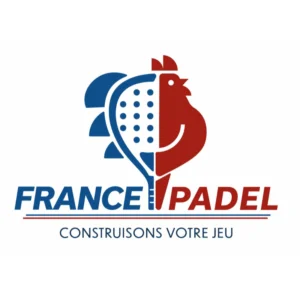
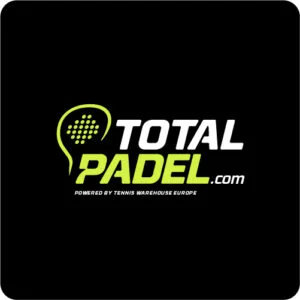




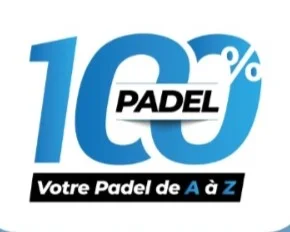
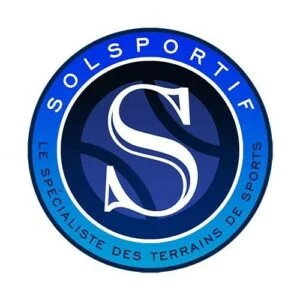
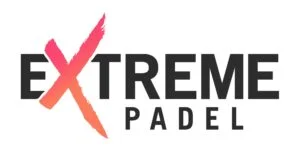
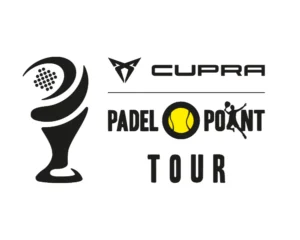






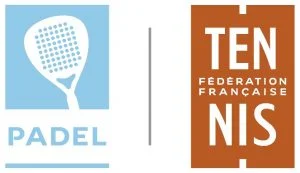
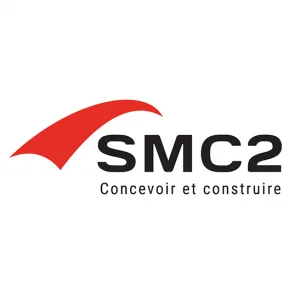

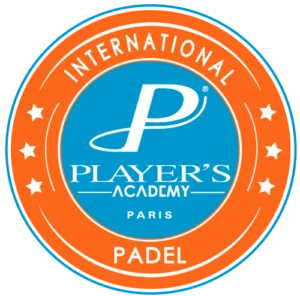
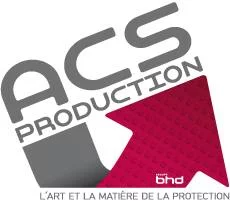







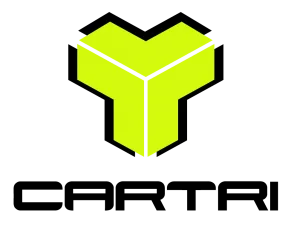
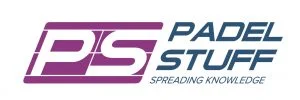
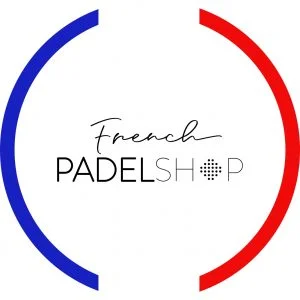
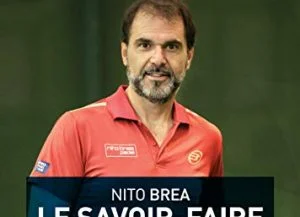
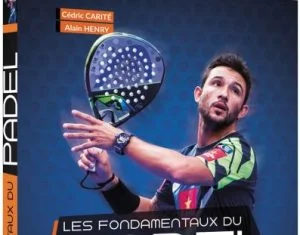




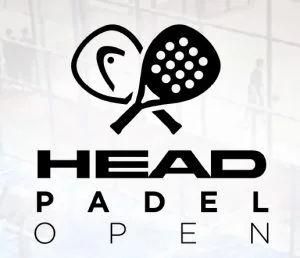

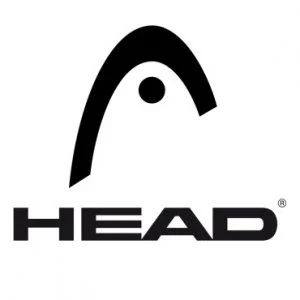


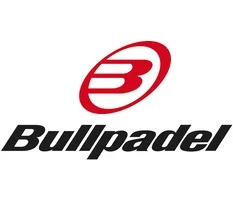
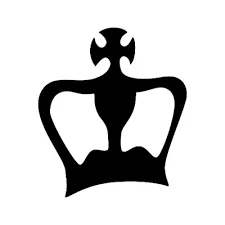



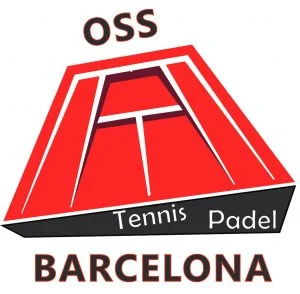
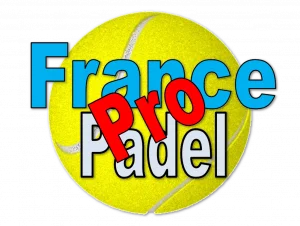

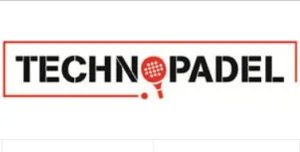


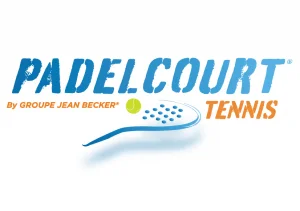
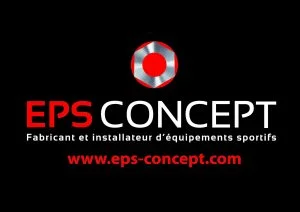
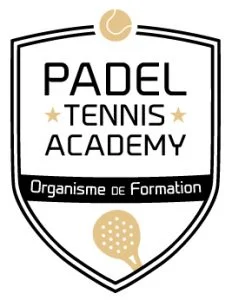


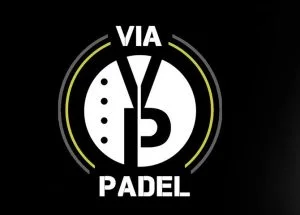




 Premier Padel Brussels P2 – Mike Yanguas and Javi Garrido once again take the advantage over Stupa / Di Nenno
Premier Padel Brussels P2 – Mike Yanguas and Javi Garrido once again take the advantage over Stupa / Di Nenno Premier Padel Brussels P2 – The women’s Big 4 at the semi-finals!
Premier Padel Brussels P2 – The women’s Big 4 at the semi-finals! Premier Padel Brussels P2 – Sanz and Nieto win a big fight against Lebron / Navarro!
Premier Padel Brussels P2 – Sanz and Nieto win a big fight against Lebron / Navarro! Guillaume Codron de Sud Padel : “A family project”
Guillaume Codron de Sud Padel : “A family project” Nallé Grinda: “Democratize the padel in the USA with PadelX "
Nallé Grinda: “Democratize the padel in the USA with PadelX "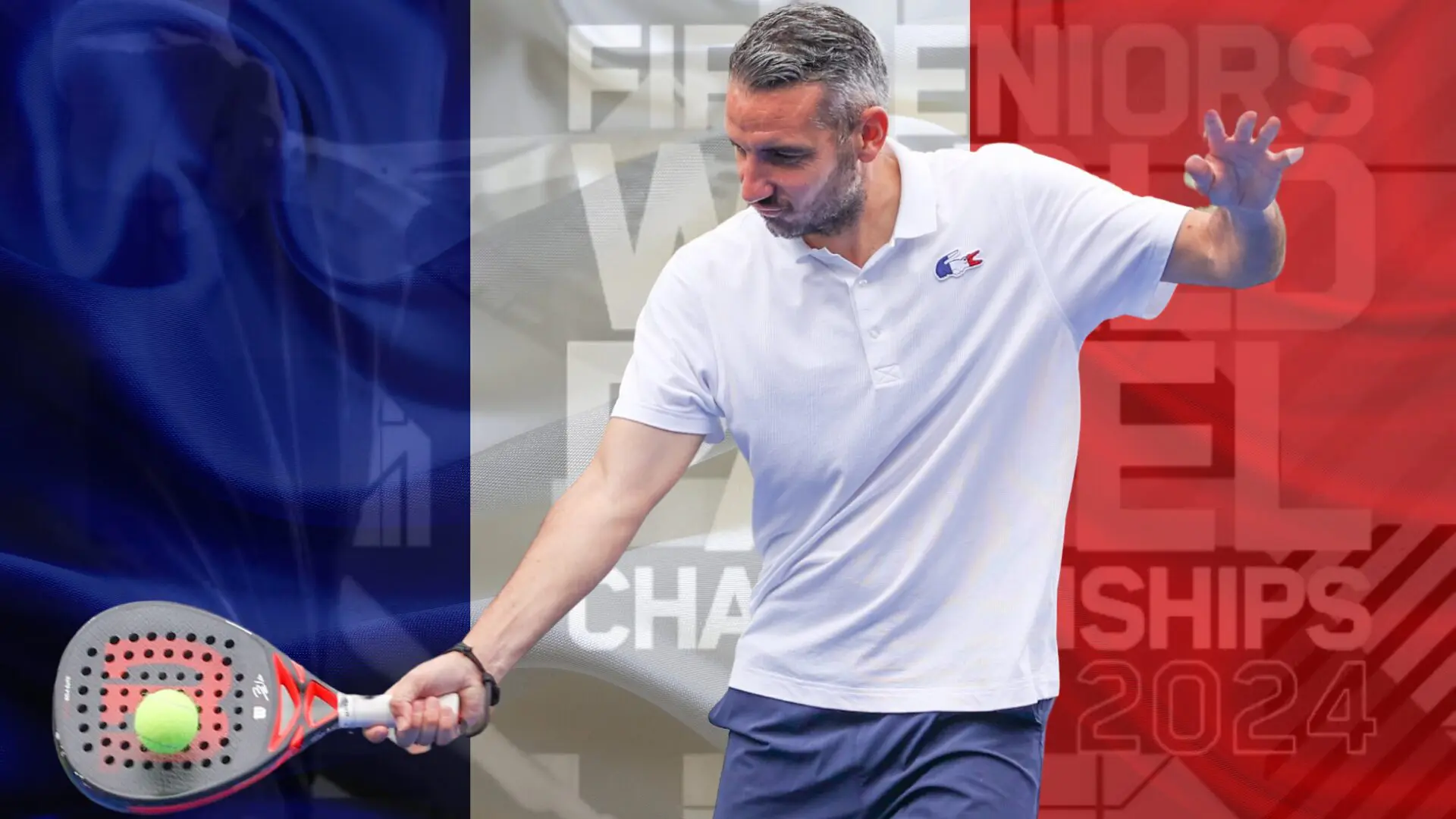 Simon Boissé: “We know that there are two nations in front of us”
Simon Boissé: “We know that there are two nations in front of us” Marie Maligo: “This period of frequent changes of partners was beneficial for me”
Marie Maligo: “This period of frequent changes of partners was beneficial for me” Gilles Moretton: “We will be able to put the padel at the level of tennis”
Gilles Moretton: “We will be able to put the padel at the level of tennis” Two P1000 doubled prize money approaching!
Two P1000 doubled prize money approaching! José Manuel Escin at the inauguration of Casa Padel DOS: “Finally, and thank you!”
José Manuel Escin at the inauguration of Casa Padel DOS: “Finally, and thank you!”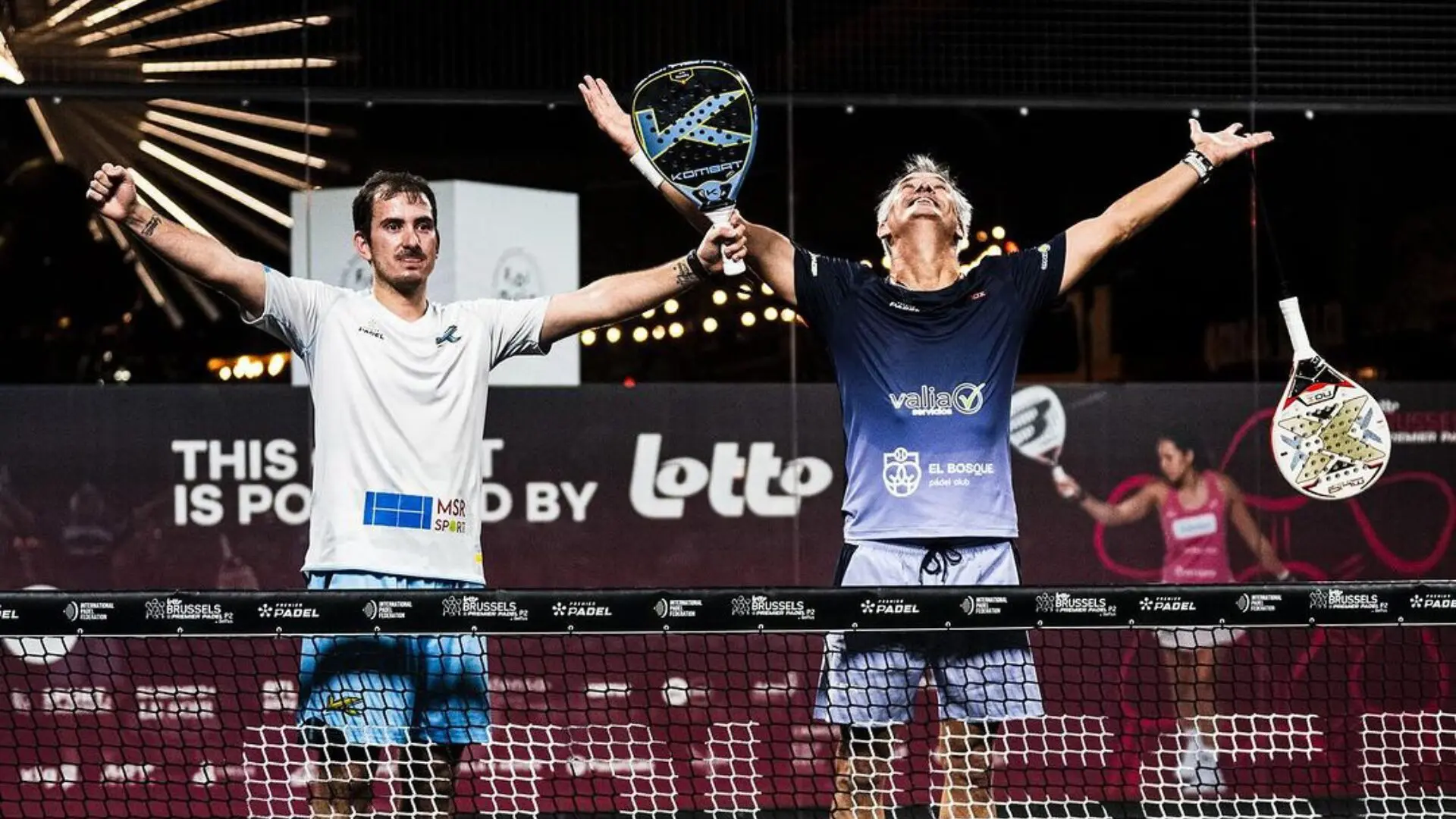 Miguel Lamperti: three tie-breaks and a return to the quarter-finals!
Miguel Lamperti: three tie-breaks and a return to the quarter-finals!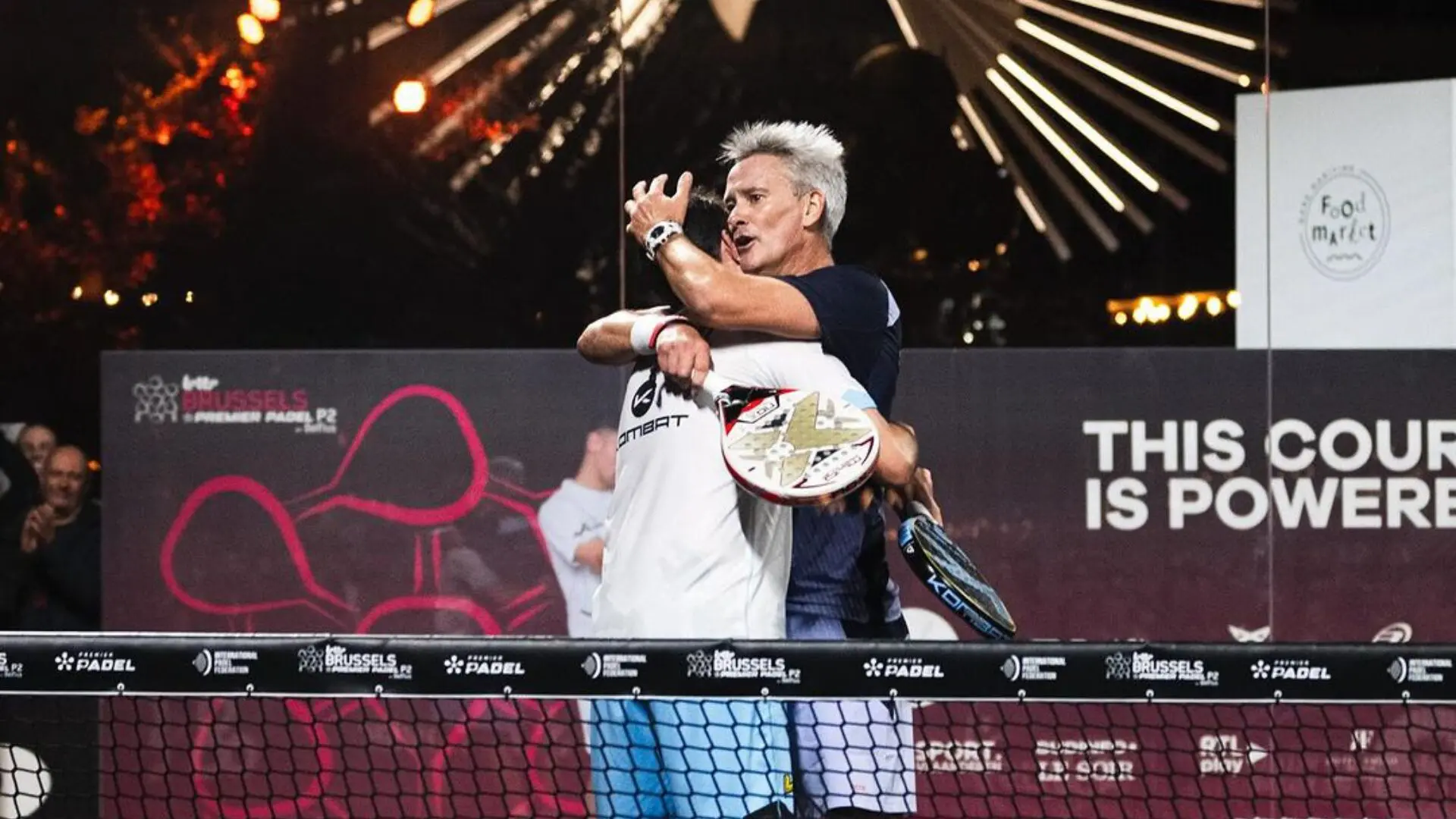 Big evening in Brussels with two seeded players on the mat, heckled number 1s…
Big evening in Brussels with two seeded players on the mat, heckled number 1s…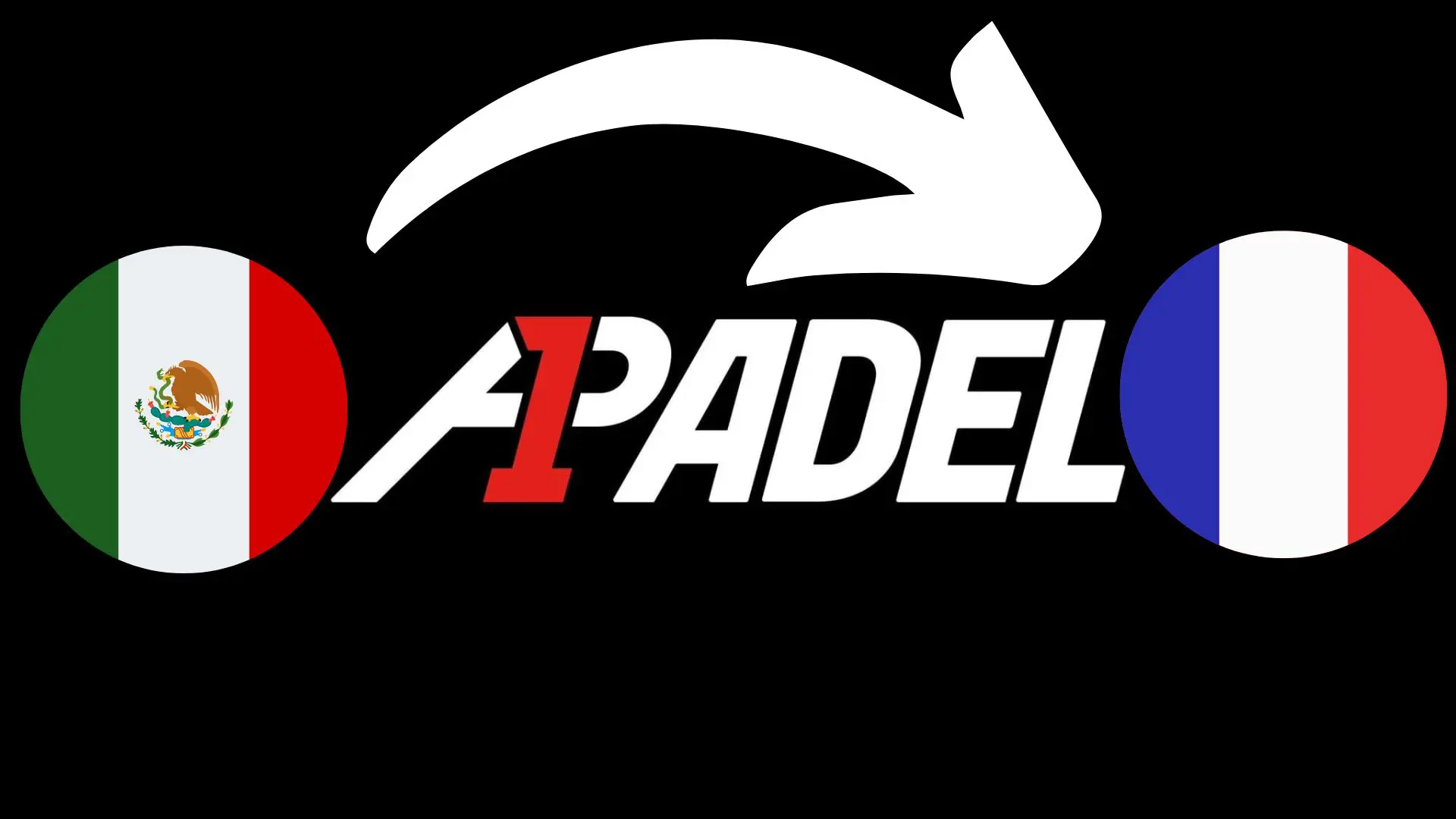 A1 Padel – the French Open replaces the Mexican Open on the calendar
A1 Padel – the French Open replaces the Mexican Open on the calendar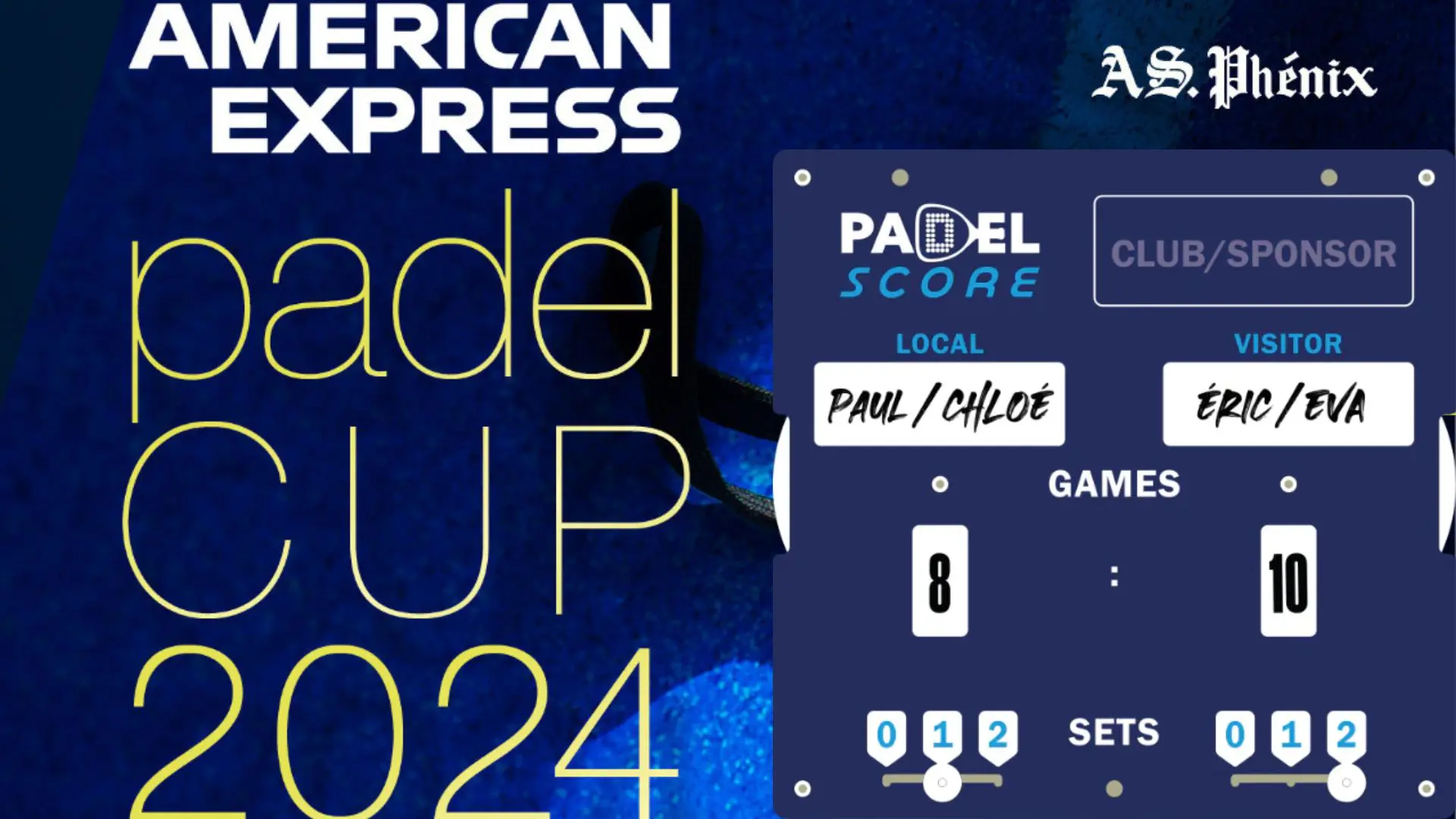 Padel Score comes to Tahiti for American Express Padel Cup!
Padel Score comes to Tahiti for American Express Padel Cup!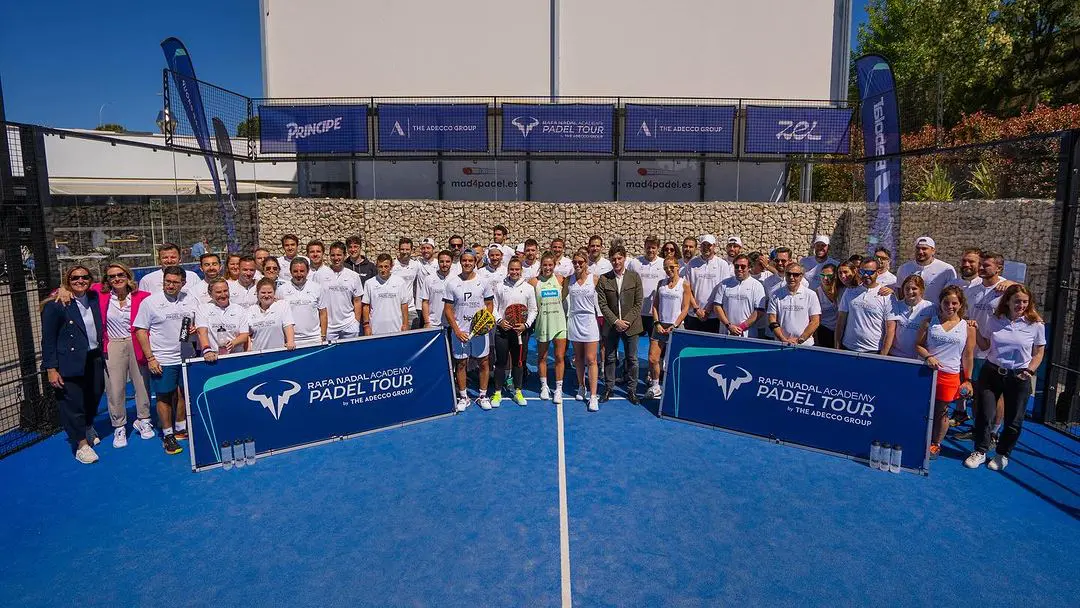 Do you know the Rafa Nadal Academy Tour?
Do you know the Rafa Nadal Academy Tour?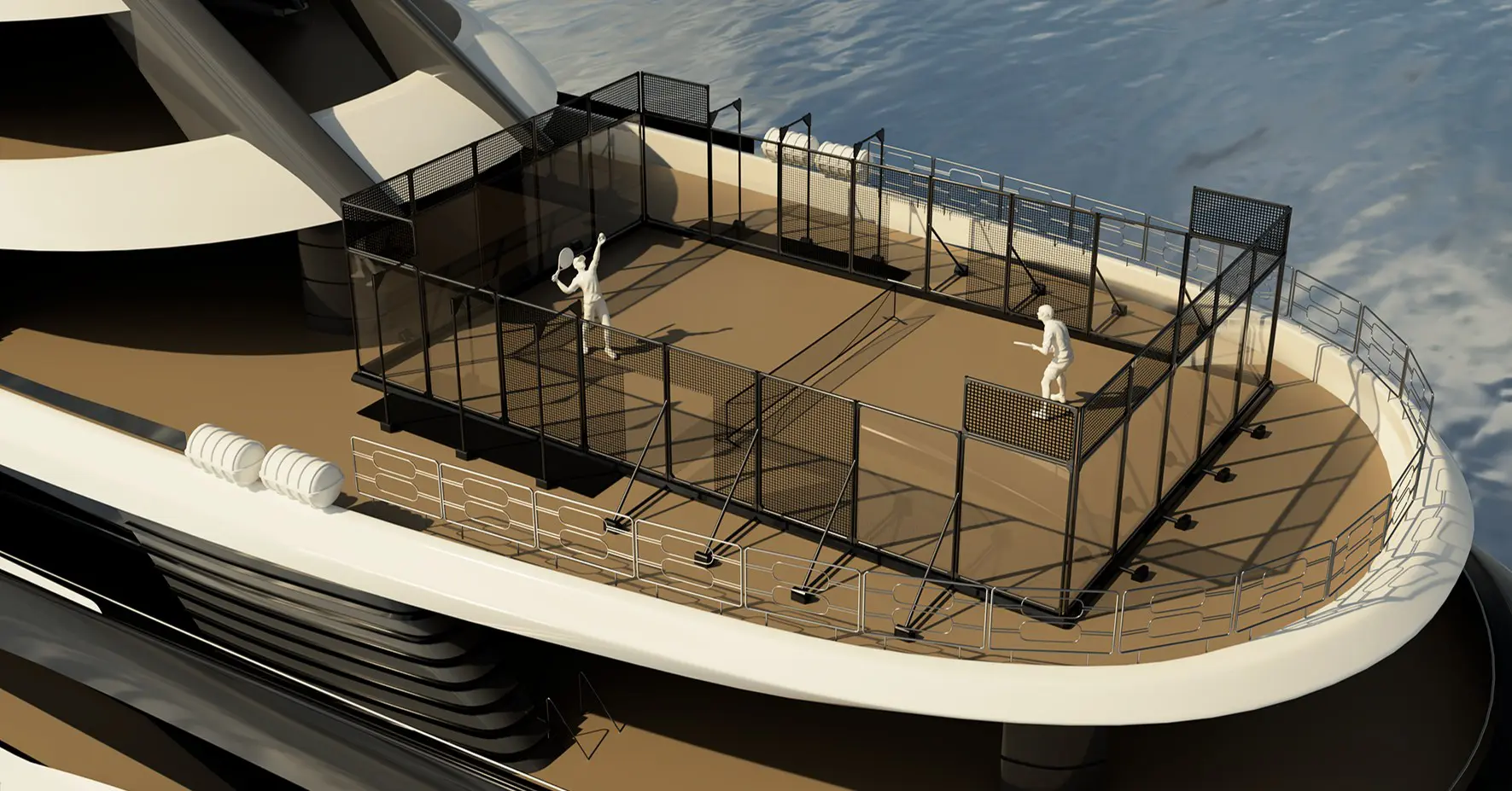 Play at padel on his yacht? Possible for €233.000!
Play at padel on his yacht? Possible for €233.000!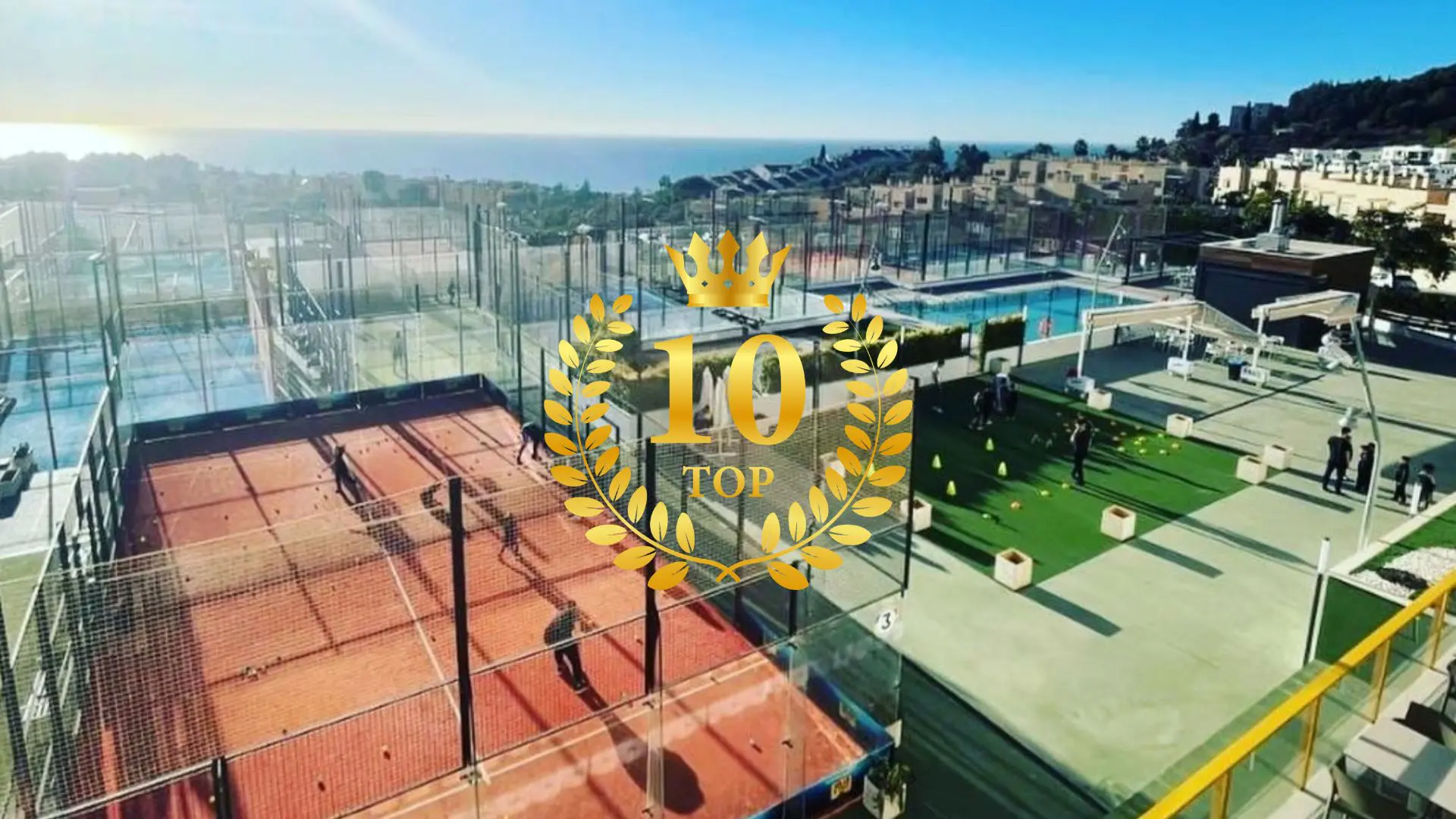 Our Top 10 training courses padel in France and Europe
Our Top 10 training courses padel in France and Europe At the heart of padel – Episode 25: Paul and Andoni answer your questions
At the heart of padel – Episode 25: Paul and Andoni answer your questions Tactical padel – What to do when faced with players who systematically stay at the bottom?
Tactical padel – What to do when faced with players who systematically stay at the bottom?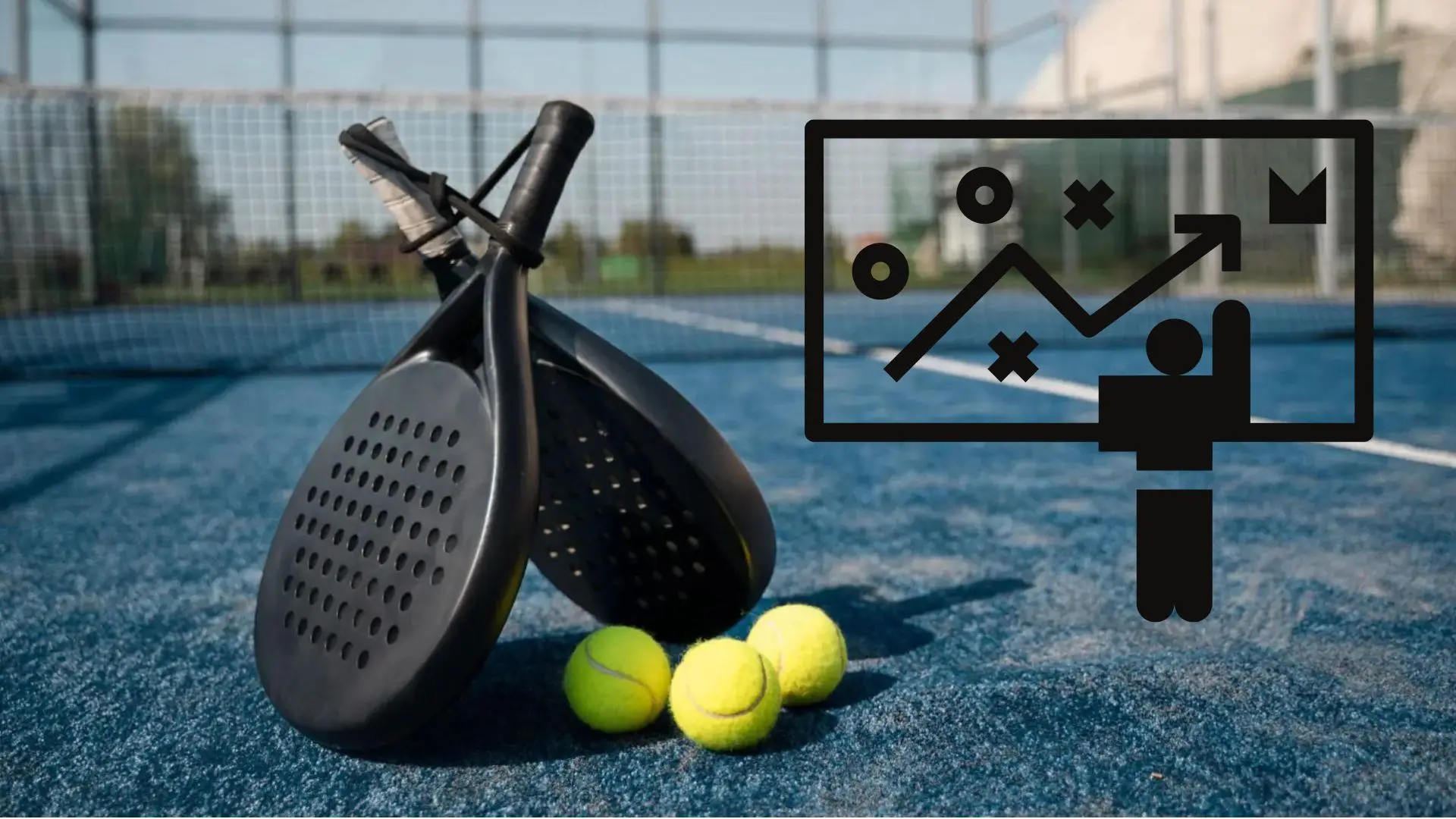 The basic tactics of padel
The basic tactics of padel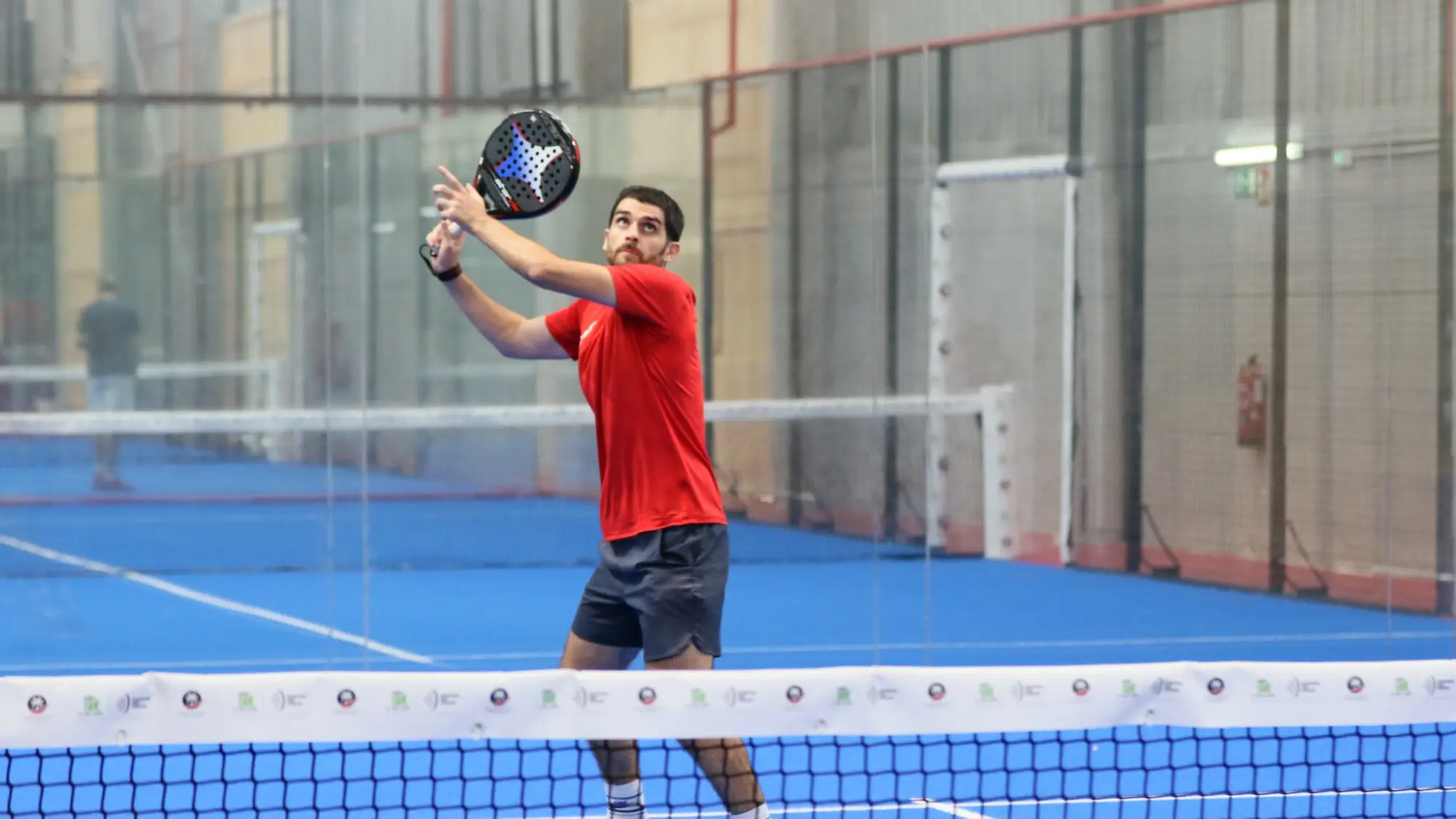 At the heart of padel – Episode 25: Paul and Andoni answer your questions
At the heart of padel – Episode 25: Paul and Andoni answer your questions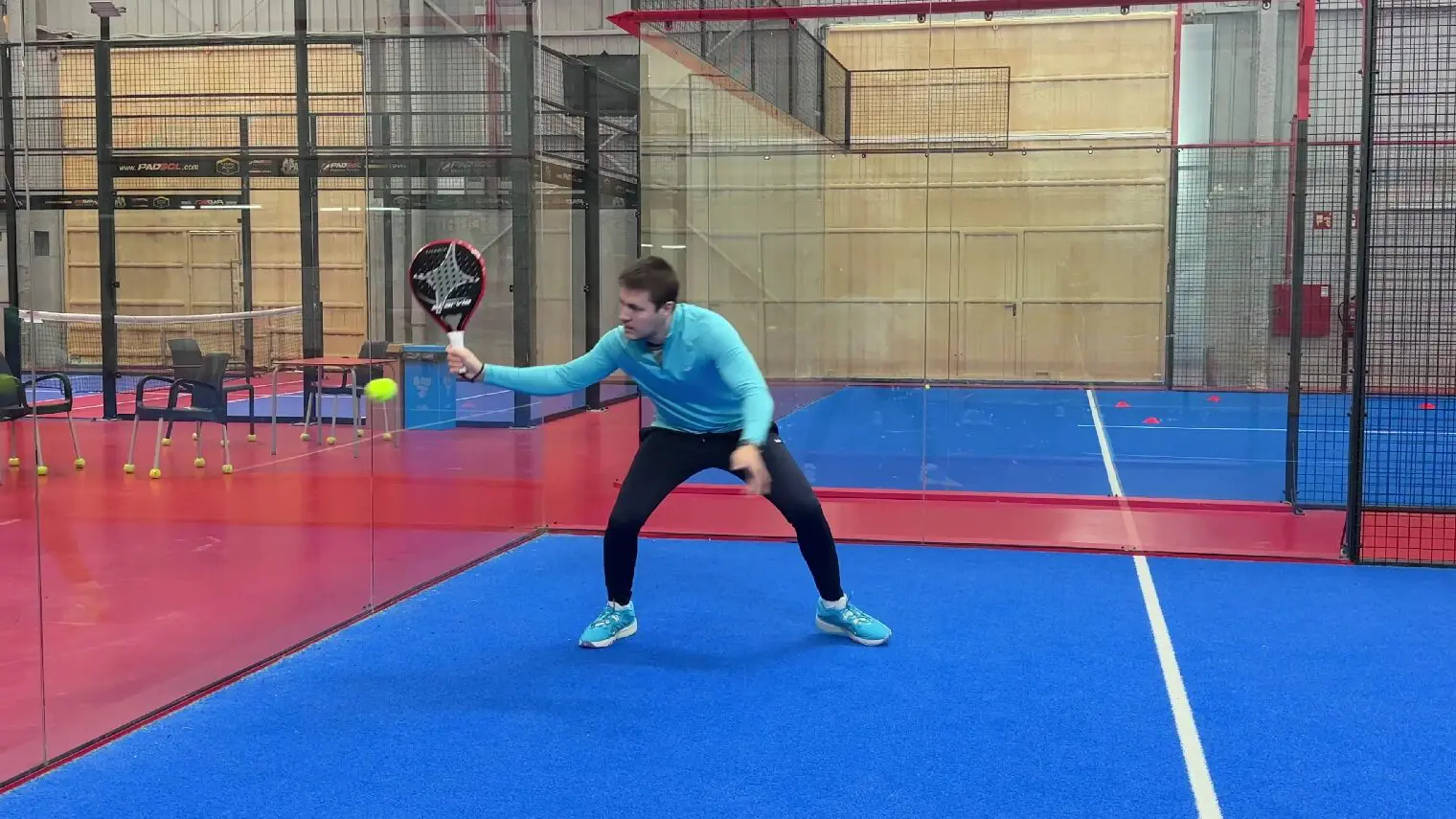 At the heart of padel – Episode 23: defend the window well
At the heart of padel – Episode 23: defend the window well Prohibition on playing topless Padel : the reasons
Prohibition on playing topless Padel : the reasons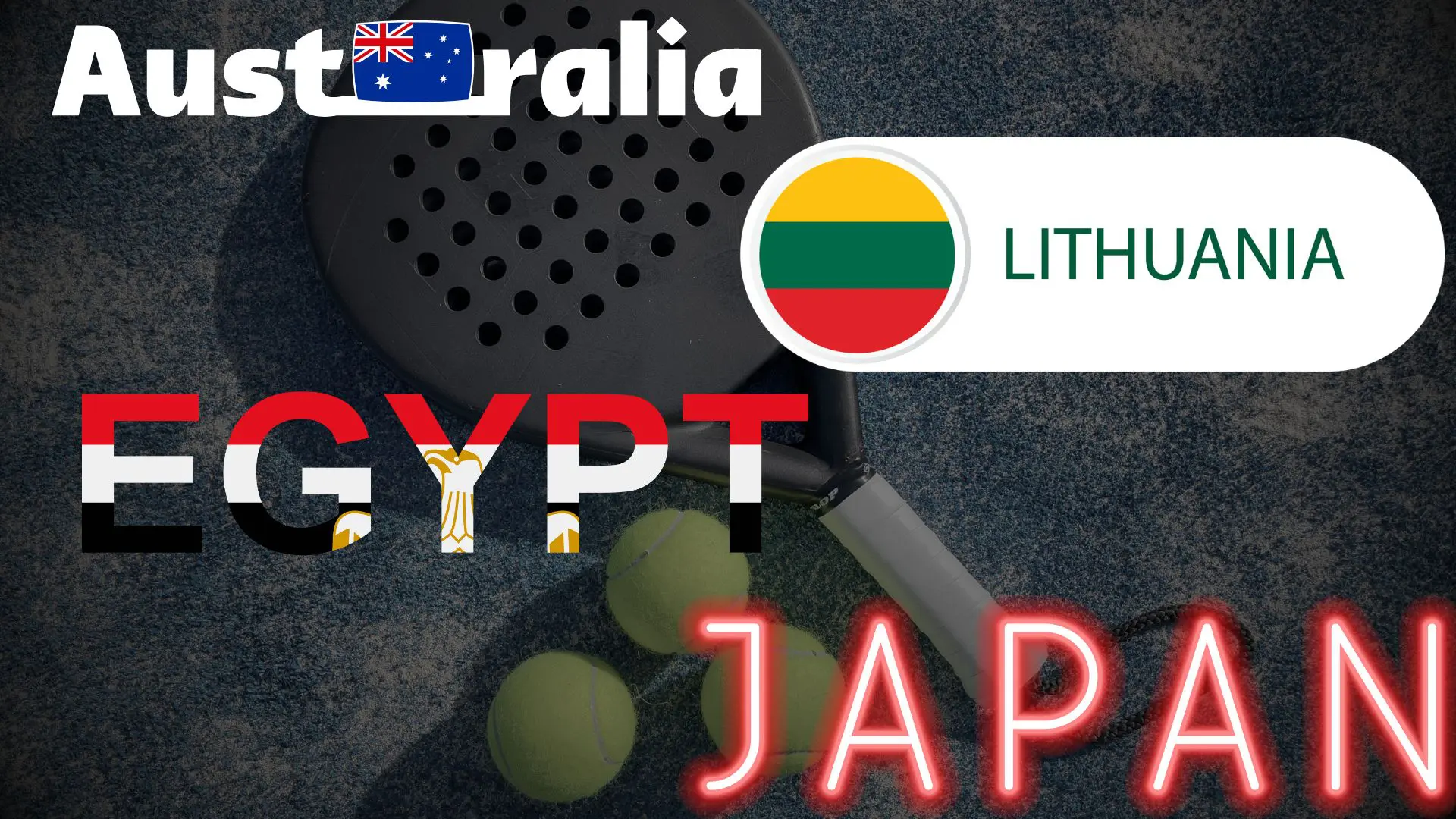 FIP Tour – Going far from Europe, THE strategy to earn points!
FIP Tour – Going far from Europe, THE strategy to earn points! What is a good football player? padel ?
What is a good football player? padel ? “Lefties give me headaches when I play against them!”
“Lefties give me headaches when I play against them!” At the heart of padel – Episode 14: how to earn points in winter?
At the heart of padel – Episode 14: how to earn points in winter?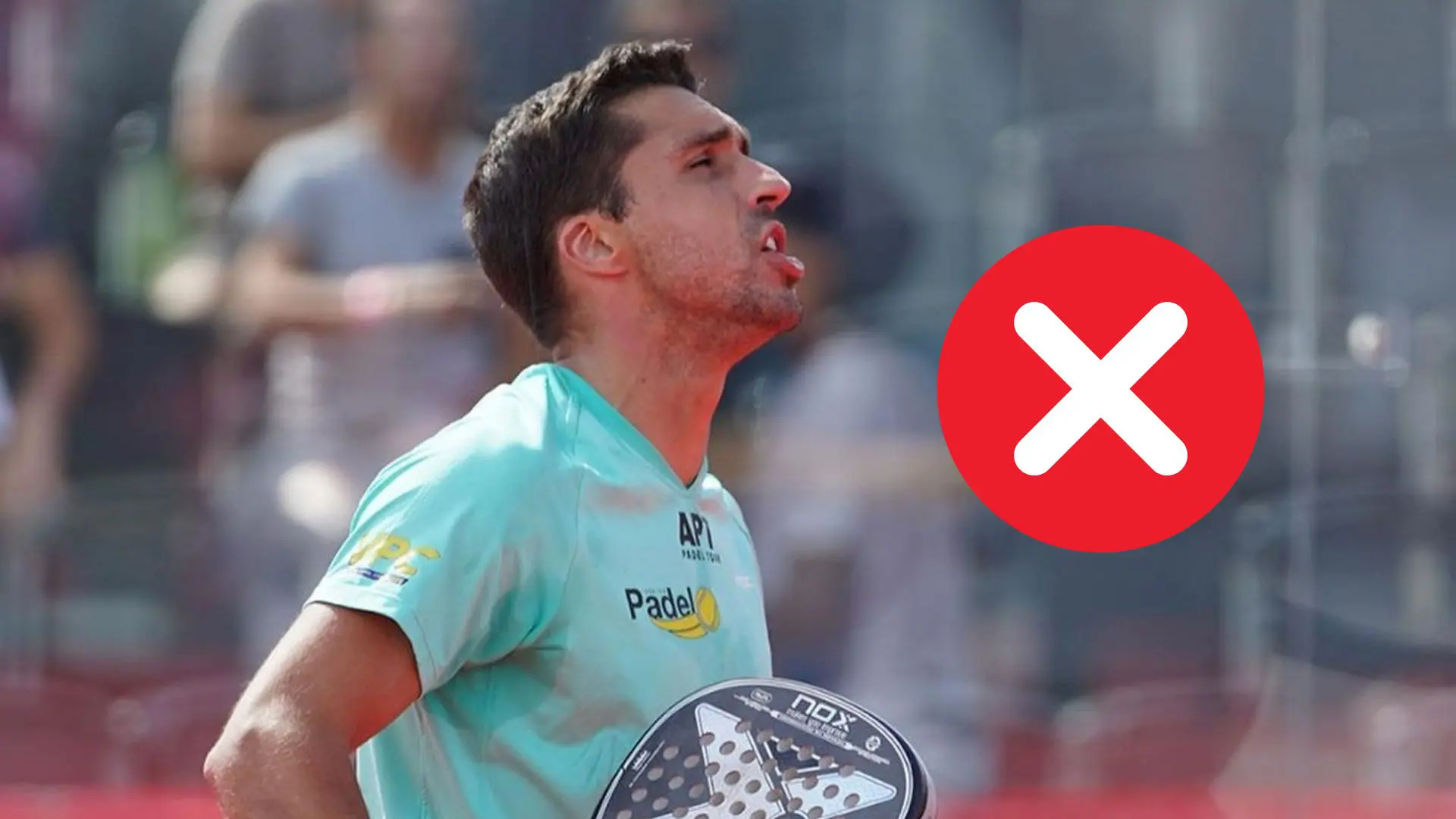 A par 4 is always a winner...even if you manage to defend it!
A par 4 is always a winner...even if you manage to defend it!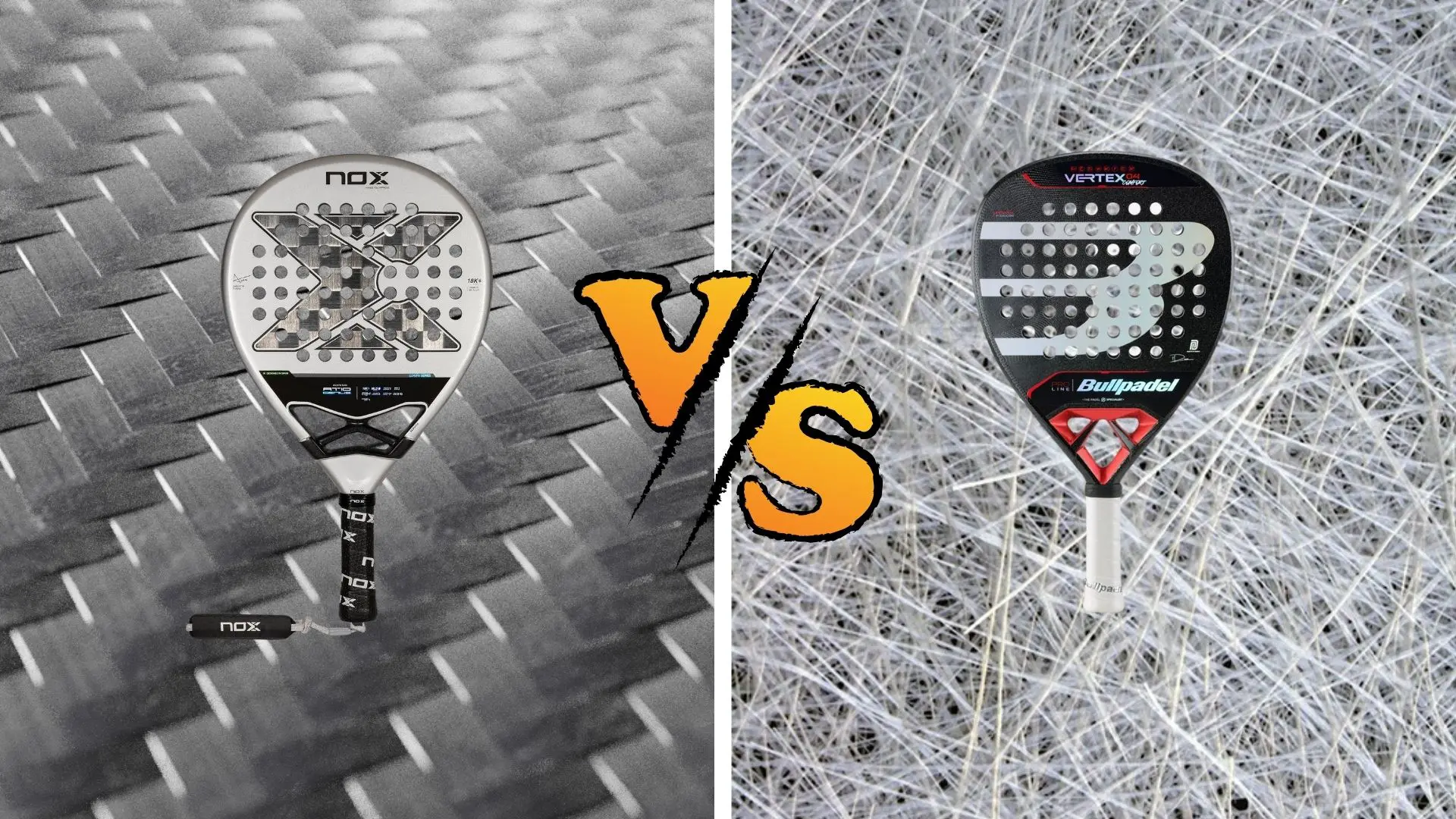 Carbon fiber VS fiberglass: what to choose?
Carbon fiber VS fiberglass: what to choose?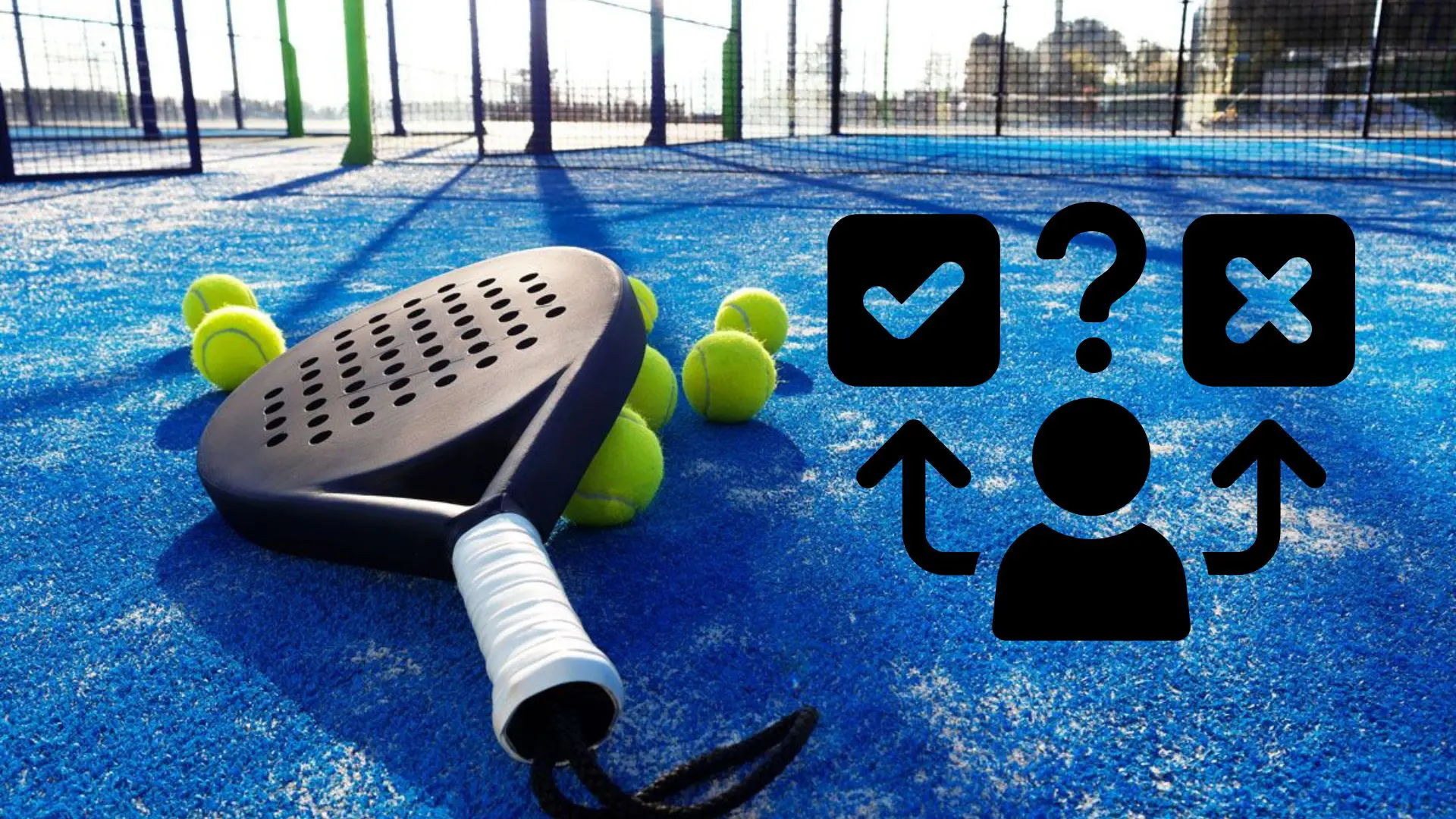 How to effectively test a racket padel ?
How to effectively test a racket padel ?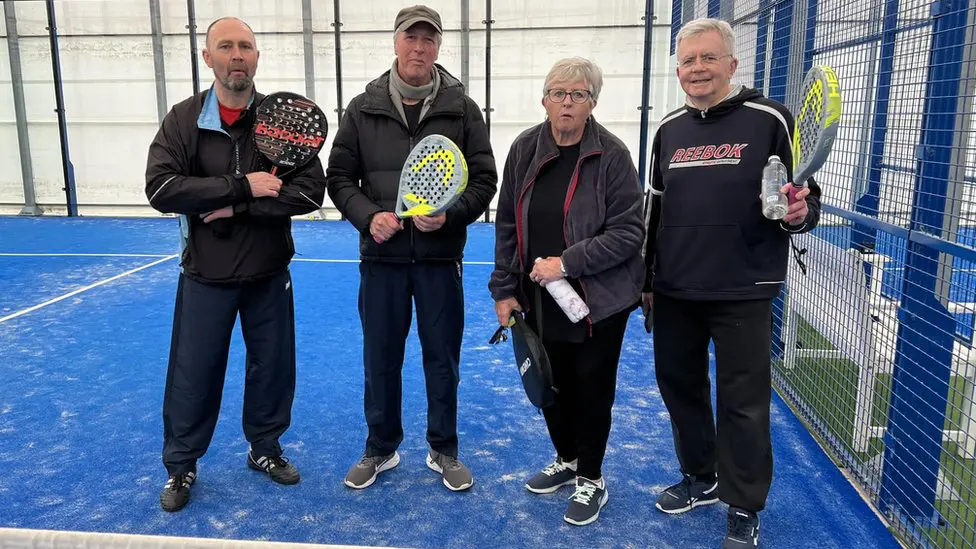 La padel to fight Parkinson's disease
La padel to fight Parkinson's disease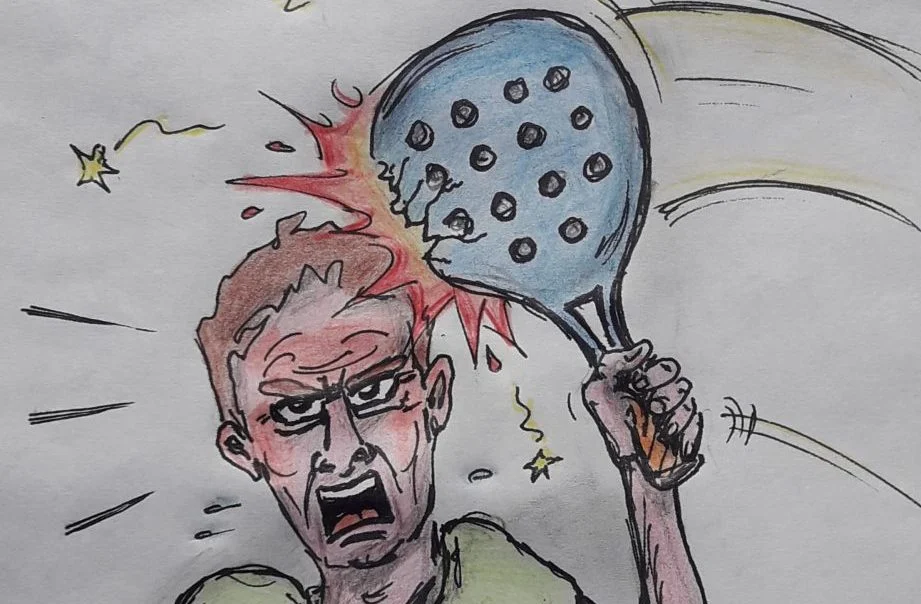 Don't play with a cracked or broken racket, your body will thank you!
Don't play with a cracked or broken racket, your body will thank you! Michel Cymes: “The padel, physically, it’s serious!”
Michel Cymes: “The padel, physically, it’s serious!”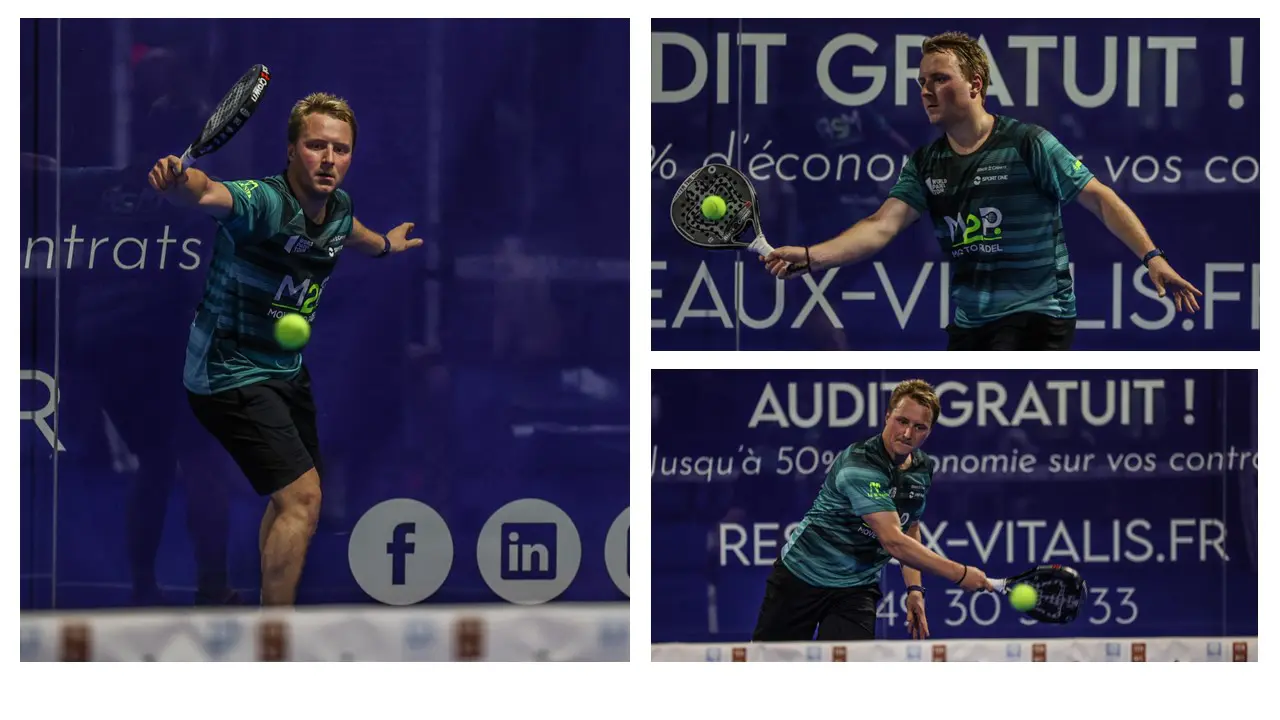 Jeremy Gala: “Promote the padel among young people in Belgium remains a challenge”
Jeremy Gala: “Promote the padel among young people in Belgium remains a challenge” The French Touch Academy organizes its selection day Padel-Study
The French Touch Academy organizes its selection day Padel-Study Report on the detection and training of younger generations
Report on the detection and training of younger generations
Hello, owner of a Kuikma Ms and wanting to change model with Kuikma, I hesitate to buy the same one or to test the new series. Is it below the MS/LS range? THANKS.
Hello, owner of a Kuikma Ms, is the new range below or would it be interesting to migrate to this range? because I have to change very soon (9 months of practice 3 times a week
+ tournaments). I'm hesitant to go back to the same one or switch to the new range. THANKS